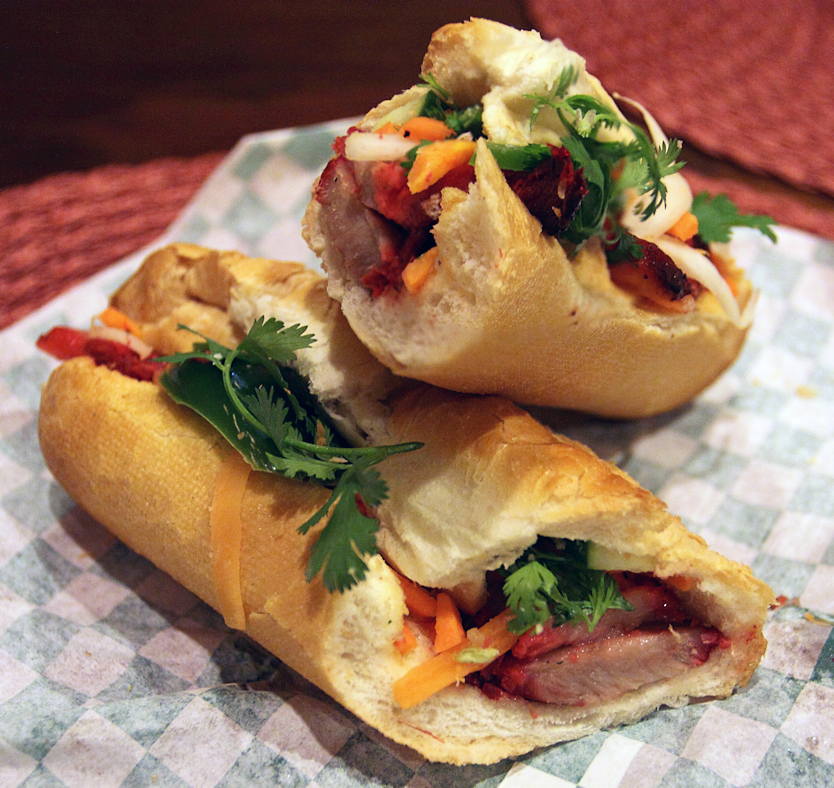Tonkotsu Ramen (Japan)
Ramen can seem pretty ordinary at first. After all, it’s just noodles in broth, right? But Tonkotsu takes it up a notch. The broth, made by simmering pork bones for hours, results in a creamy consistency that sticks to each strand of noodle. The first sip feels like a warm hug. Toppings vary, from soft-boiled eggs with jammy yolks to slices of tender pork. If you enjoy comforting bowls of goodness, this is the real deal.
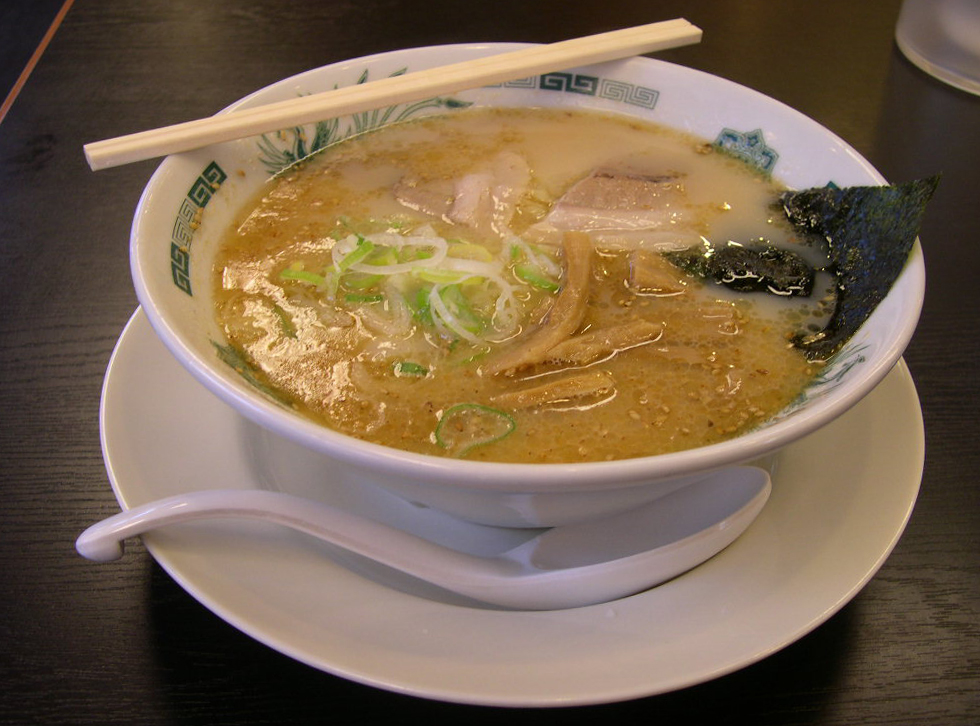
Tacos al Pastor (Mexico)
Picture succulent pork marinated with chili peppers, pineapple juice, and other secret ingredients that taqueros rarely reveal. Then watch it cook on a vertical spit. Slices go straight into small corn tortillas, topped with chopped onion and cilantro. The pineapple slices are often grilled, adding a sweet spark. It’s a street food delight that can ruin all other tacos for you. Yes, they’re that irresistible.
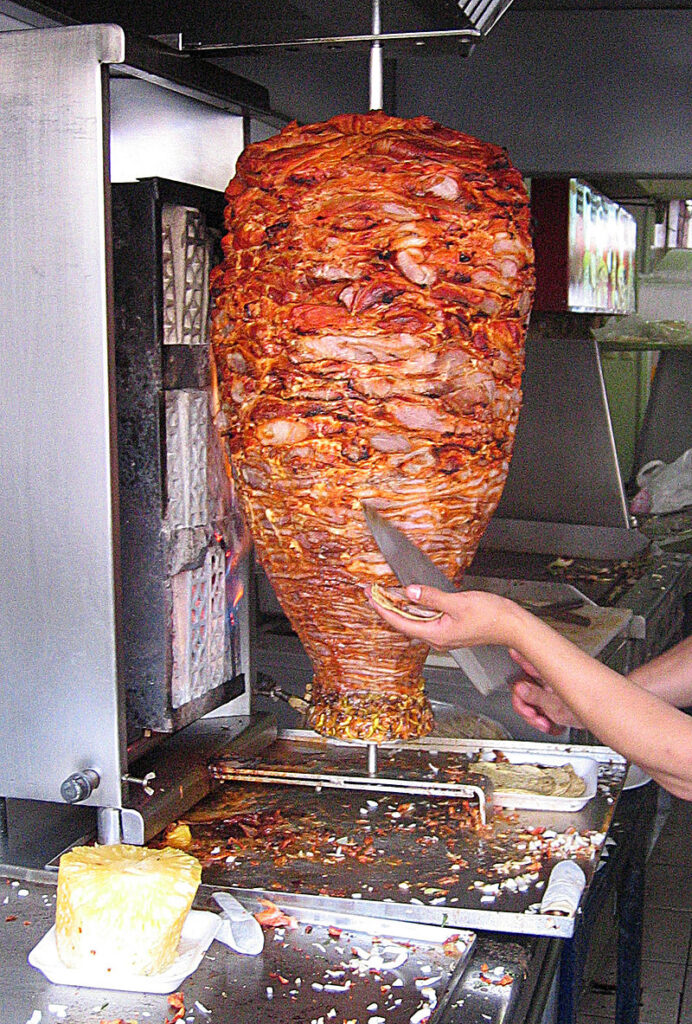
Poutine (Canada)
It’s simple: crispy fries, squeaky cheese curds, and a light gravy that brings everything together. It’s not exactly designed for elegant plating. Yet there’s something about the contrast of crunchy potatoes, salty curds, and rich sauce that just feels right on a chilly day. Folks in Quebec swear by it, and you might, too, after one plate.

Chicken Biryani (India)
Biryani isn’t just rice and meat. It’s a layered tapestry of basmati grains, spiced marinated chicken, onions browned until they’re deep gold, and fragrant herbs. Often cooked in a sealed pot, the flavors mingle as steam does its magic. The result is a savory dish where each spoonful might feature a slightly different mix of warm spices. It’s hearty, aromatic, and surprisingly nuanced.
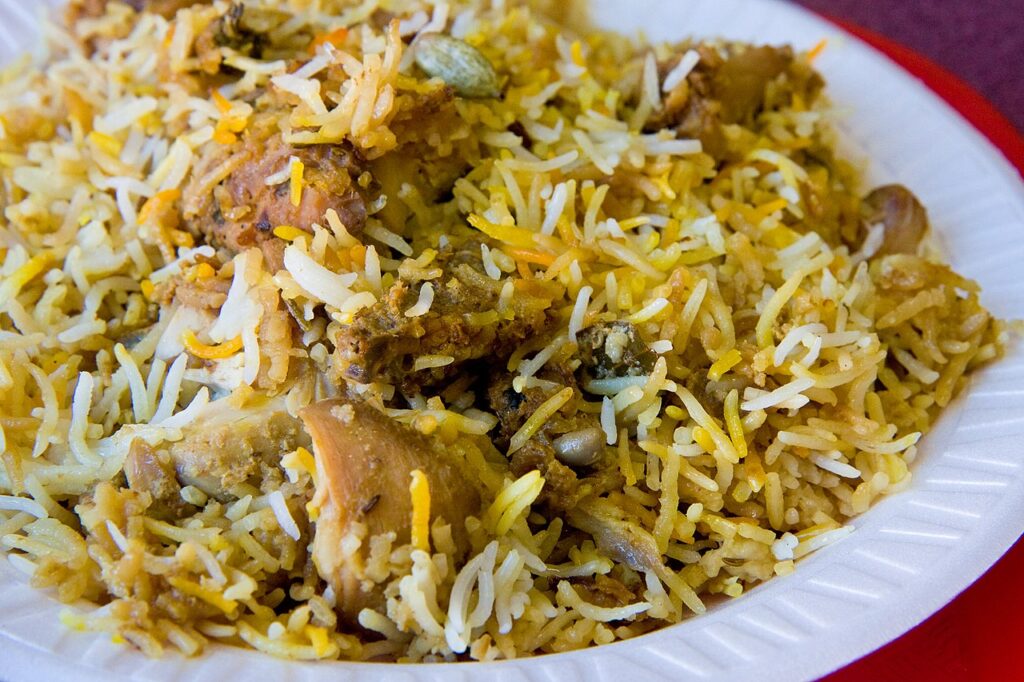
Paella Valenciana (Spain)
If you close your eyes while enjoying paella, you might picture the Spanish coast, where saffron and paprika do a lively dance in that wide, shallow pan. The rice at the bottom forms a crispy layer called “socarrat,” which is prized by purists. Traditionally studded with rabbit, chicken, vegetables, and sometimes snails, it’s a communal dish often served outdoors during festive gatherings.
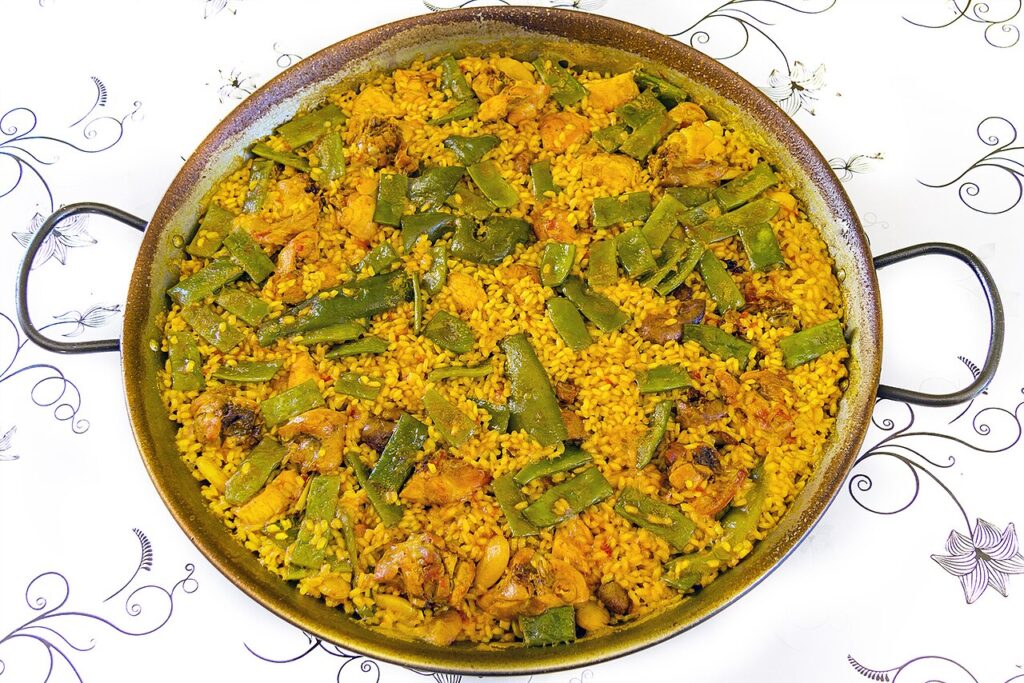
Pho (Vietnam)
A steaming bowl of rice noodles, layered with thin slices of beef or chicken, plus a delicate yet savory broth. That broth is key—simmered with bones, charred onion, and ginger to build flavors that somehow stay light. Add bean sprouts, fresh herbs, chili slices, and a squirt of lime. The result is refreshing comfort in a bowl, especially on a day when you need a little warmth.
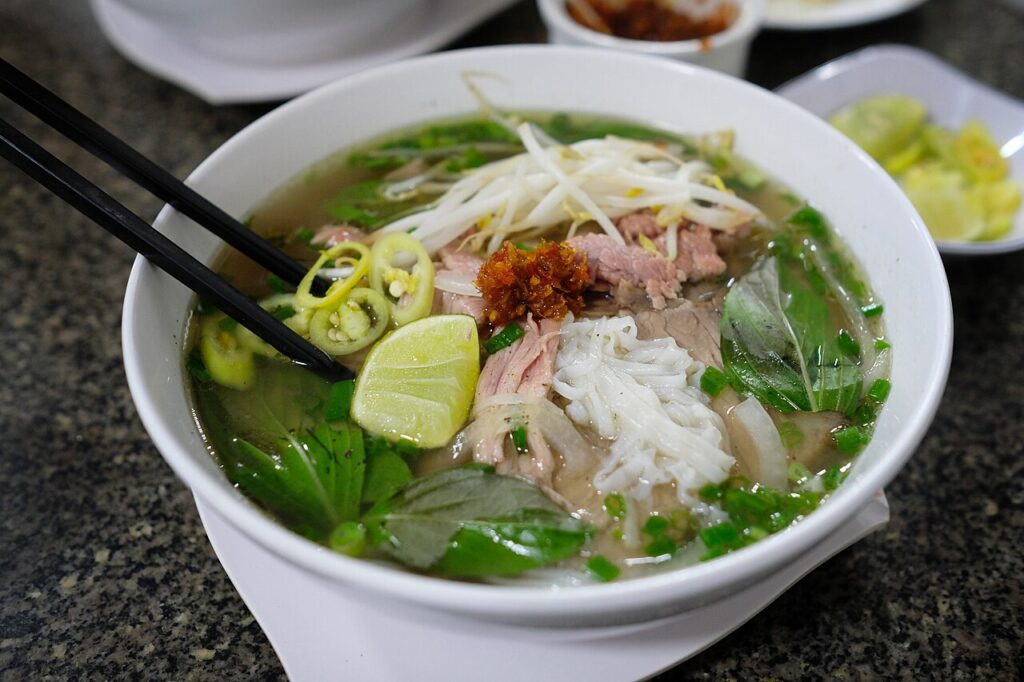
Schnitzel (Austria/Germany)
Schnitzel is basically a thin slice of meat—often veal or pork—pounded and coated in breadcrumbs, then fried until golden. The simplicity is what makes it glorious. A squeeze of lemon on top, maybe some potatoes on the side, and you’re set. It’s crisp on the outside, tender on the inside, and reminds you how simple cooking done well can be its own form of culinary poetry.
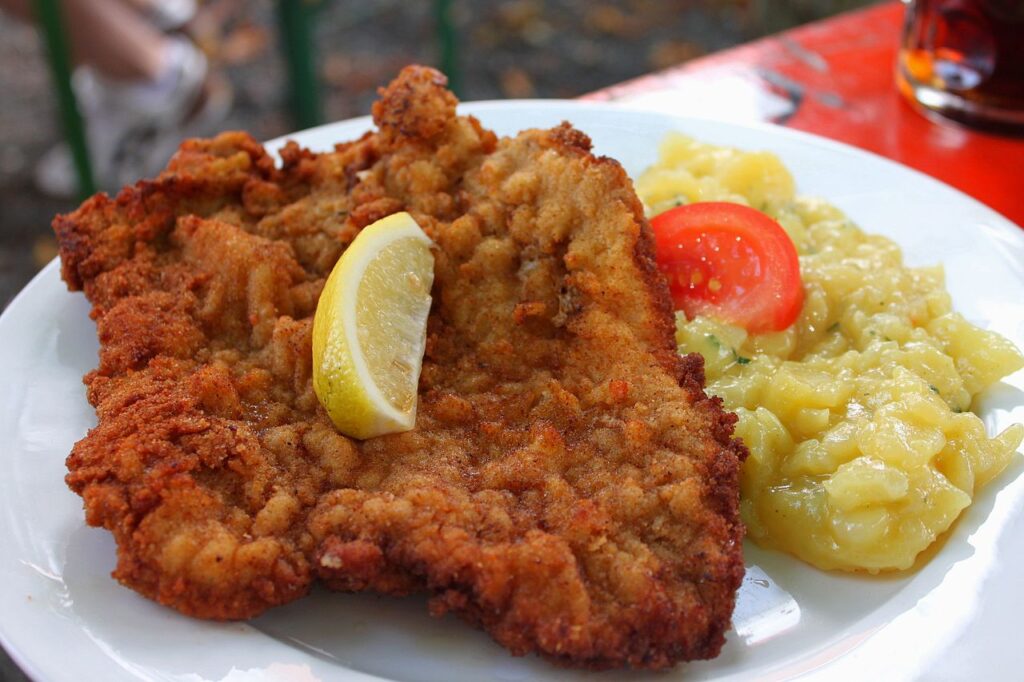
Feijoada (Portugal/Brazil)
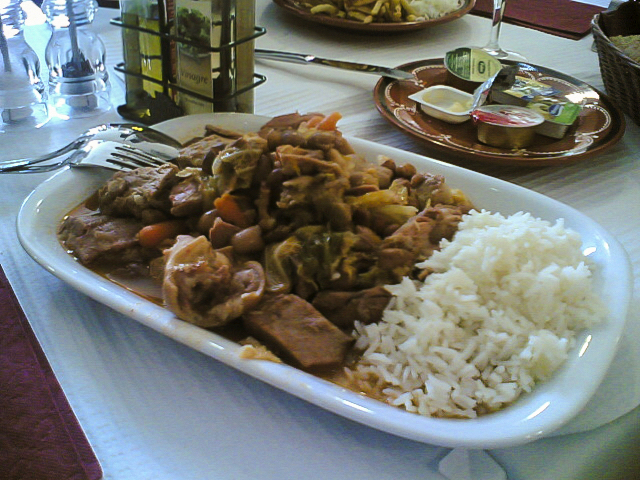
Black beans stew with pork cuts, sausages, and beef bits, usually served with white rice, collard greens, and zesty orange slices. Feijoada has African roots combined with Portuguese influences, making it a dish of history and cultural fusion. It’s hearty, filling, and begs for an afternoon nap right after you’ve had your fill.
Croque Monsieur (France)
Think of it as a fancy ham-and-cheese sandwich. But there’s more to it: layers of ham, Gruyère cheese, and béchamel sauce, toasted until melty and slightly browned on top. It’s an anytime snack that’s served in cafés across France. Some folks like to top it with a fried egg, transforming it into a Croque Madame. Either way, it’s a comfort meal disguised with a sophisticated name.
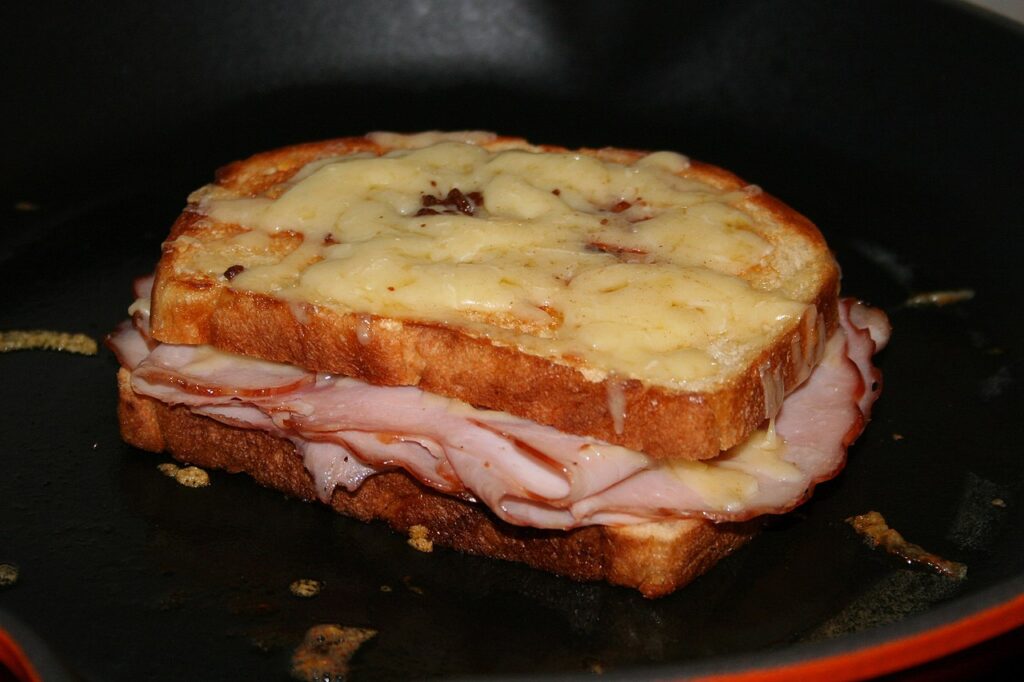
Hummus (Middle East)
Hummus is a creamy spread made from chickpeas, tahini, garlic, lemon juice, and olive oil. Sounds simple, yet small changes in proportions can lead to vastly different experiences. Smooth hummus pairs beautifully with warm flatbreads or crunchy vegetables. It’s also a versatile base for toppings like whole chickpeas, paprika, roasted pine nuts, or fresh herbs. Once you’ve tasted homemade hummus, grocery store versions might feel like a letdown.
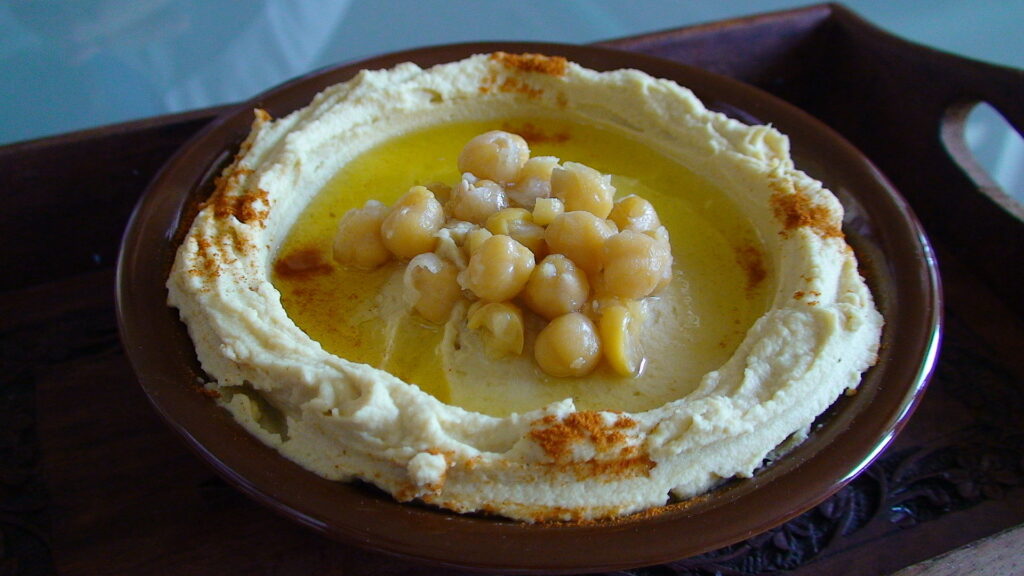
Pierogi (Poland)
Pierogi are dumplings made of dough stuffed with all sorts of fillings—potatoes, cheese, sauerkraut, or even sweet berries. After boiling, they can be pan-fried until they get a slight crisp. Often served with sour cream or onions, they’re the definition of homey goodness. Next time you stumble upon a Polish bakery, consider giving pierogi a try.
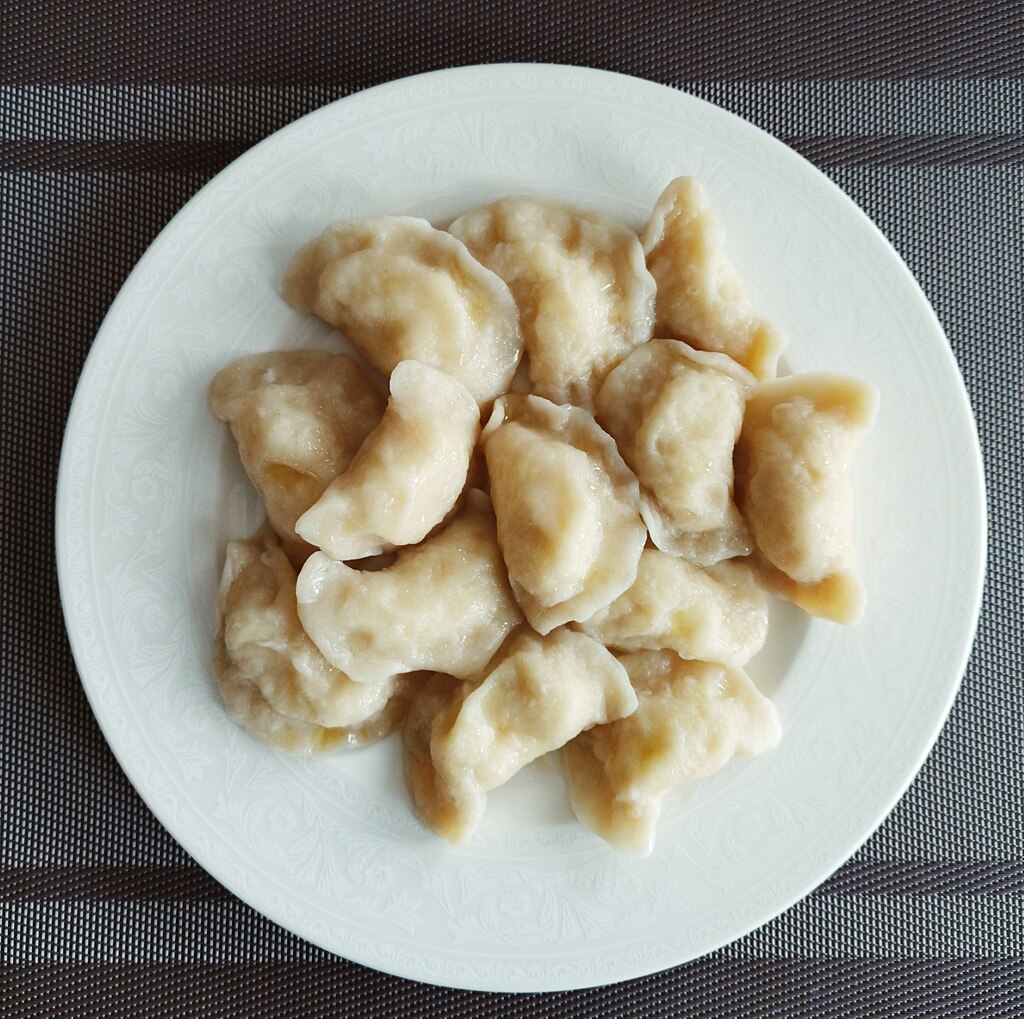
Moussaka (Greece)
Layers of eggplant, spiced ground meat (commonly lamb or beef), and a creamy béchamel topping that browns in the oven. Moussaka might remind you of lasagna, but the Mediterranean flavors give it a personality of its own. The eggplant becomes a silky layer that soaks up the meat juices, while the béchamel provides a mellow contrast to the rich sauce underneath.
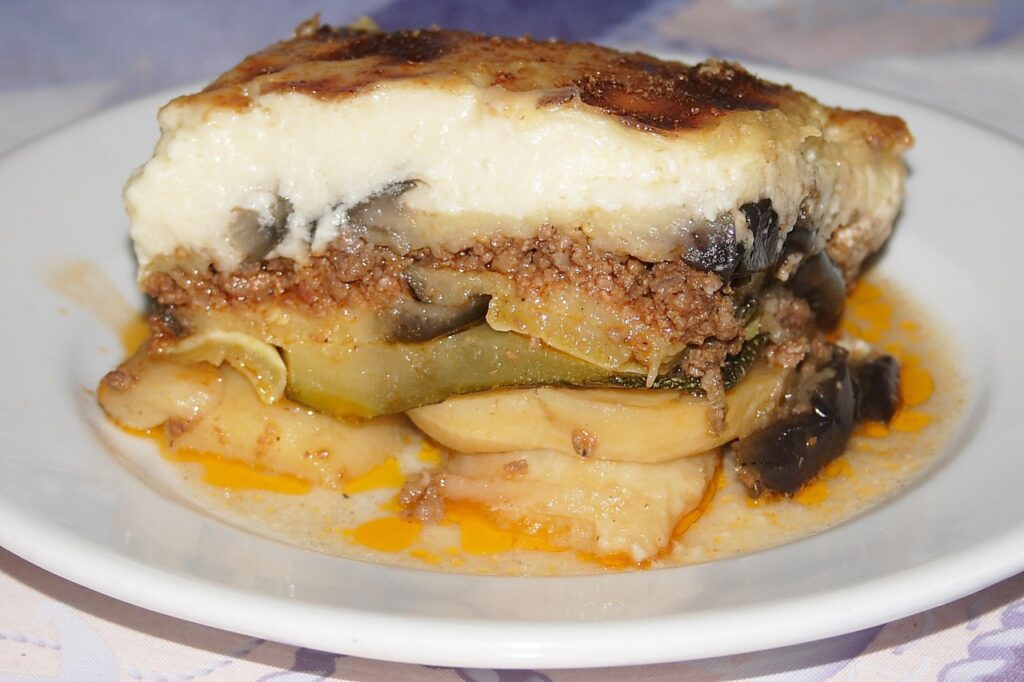
New England Clam Chowder (USA)
Creamy, thick, and packed with clams plus small bits of potato. It’s a staple in many coastal eateries along the northeastern United States. Often served in a bread bowl, the clam chowder feels like a comforting hug on a foggy day. Try sprinkling a few oyster crackers on top for extra crunch.
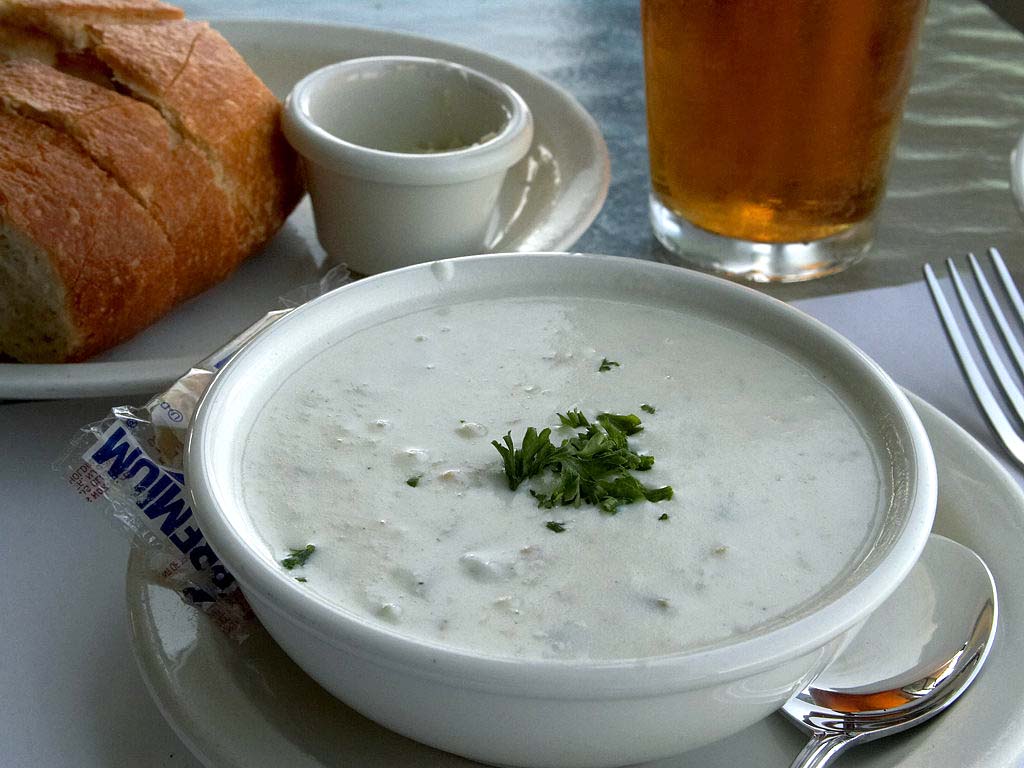
Pad Thai (Thailand)
Flat rice noodles stir-fried with eggs, tofu, shrimp or chicken, bean sprouts, peanuts, and that signature sweet-sour-salty sauce from tamarind, fish sauce, and palm sugar. All those flavors balance beautifully, leaving you with a dish that’s bright, slightly sticky, and very satisfying. It’s street food done right, best enjoyed fresh off a hot wok.
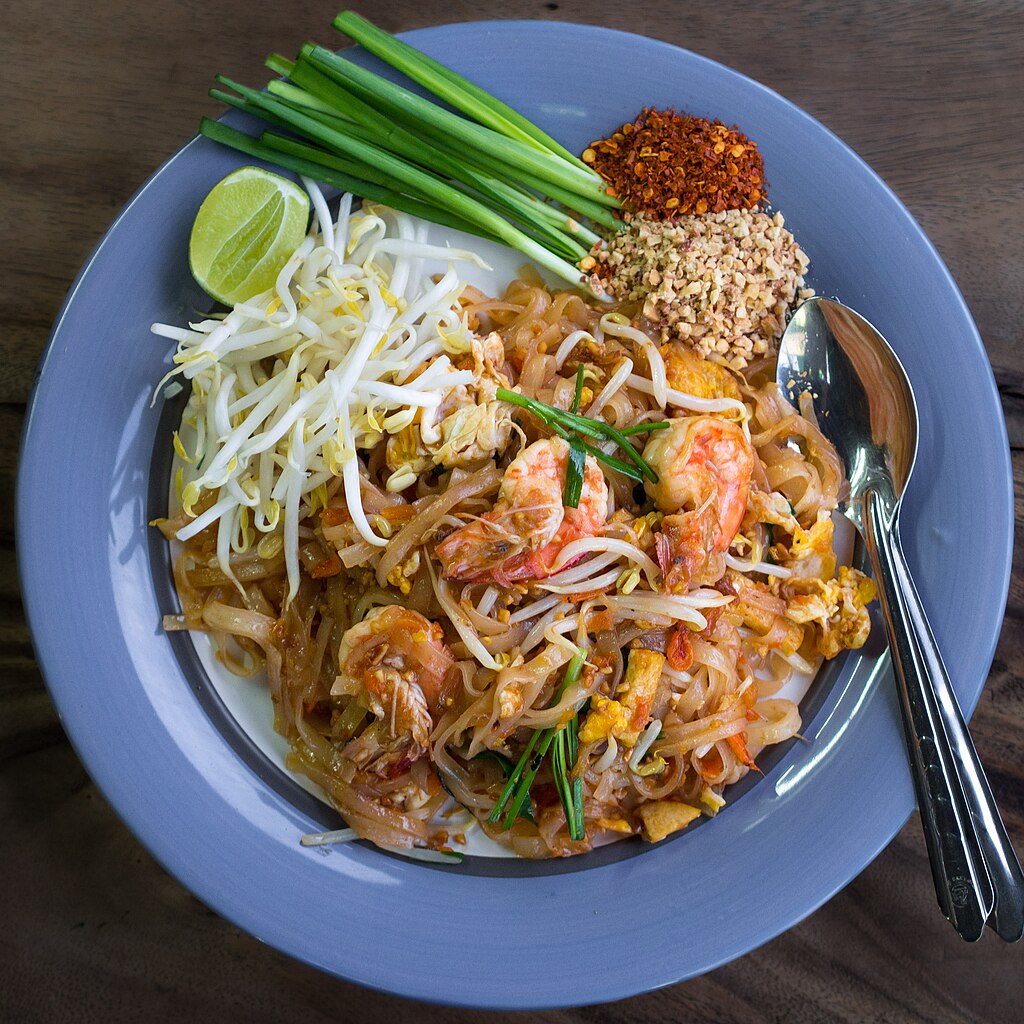
Beef Bourguignon (France)
Slow-cooked beef stew braised in red wine with mushrooms, onions, and bacon. The result is a hearty meal where the meat becomes fork-tender and the sauce turns velvety. Julia Child’s famous take on this dish turned it into a classic for home cooks. It’s often served with crusty bread or mashed potatoes for sopping up every last drop.
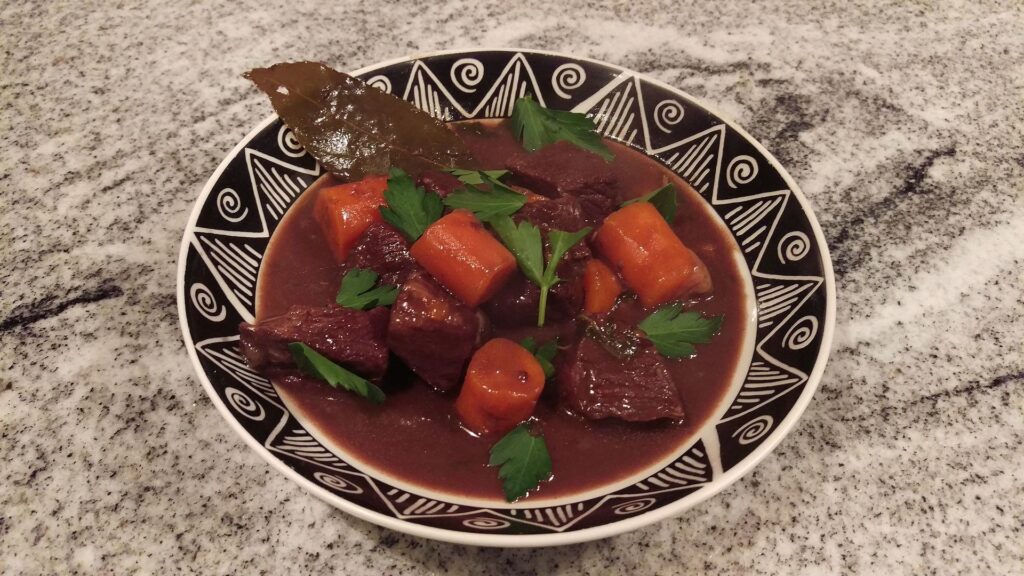
Shakshuka (North Africa/Middle East)
Tomatoes, peppers, onions, and spices simmered down into a saucy base, then eggs are nestled in to cook until the whites are just set. It’s often served in the same pan it’s cooked in. You can scoop it up with fresh bread and savor each bite. Some folks like to add feta or fresh herbs on top. It’s a lovely brunch dish that also works as a quick dinner.
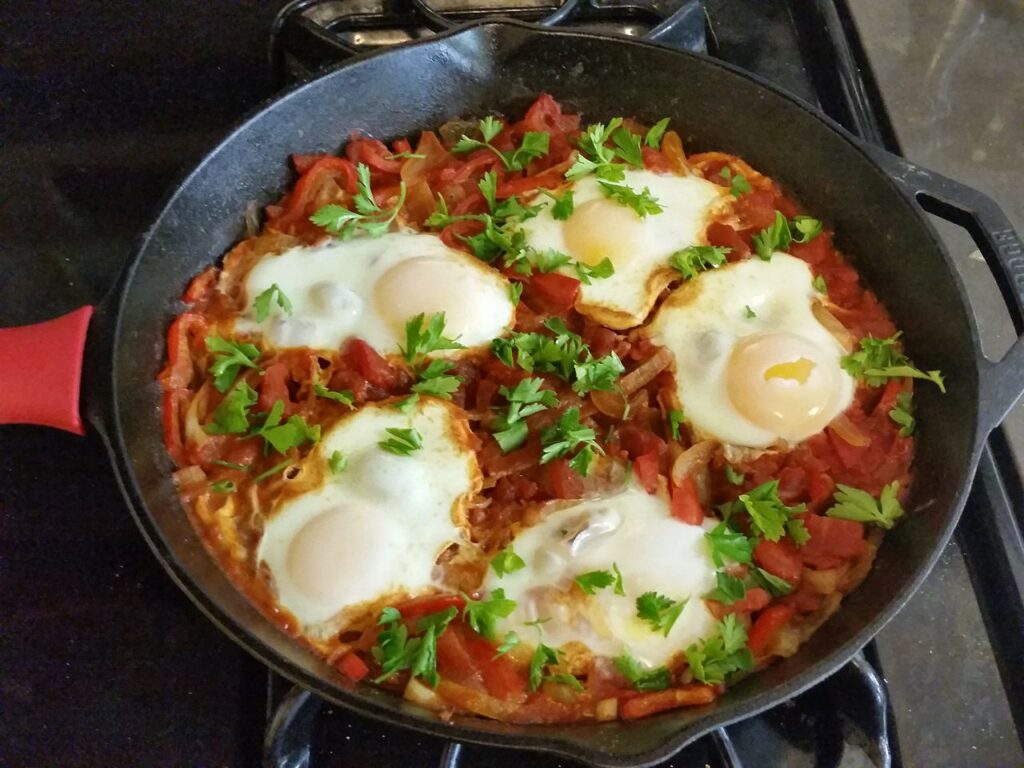
Empanadas (Latin America)
Pastries filled with savory ingredients such as beef, onions, olives, or sometimes cheese, then baked or fried. Each region has its own version, from Argentinean beef-filled ones to Colombian chicken-filled types. They’re portable and satisfying, perfect for a quick snack while strolling through a city market.
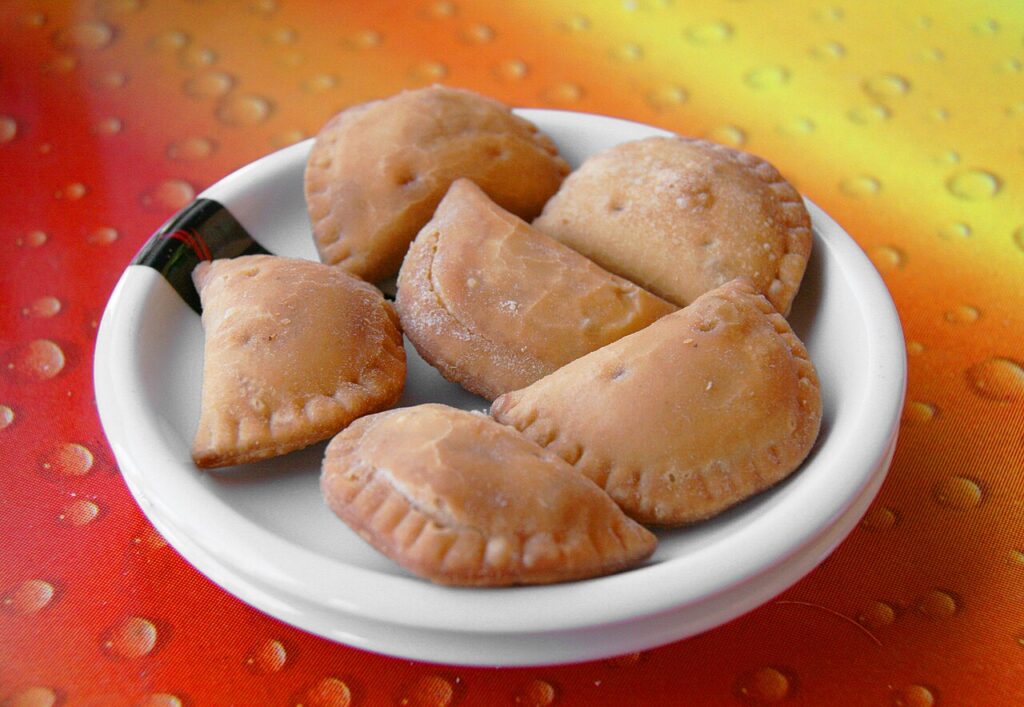
Laksa (Malaysia/Singapore)
A spicy noodle soup that marries Chinese and Malay culinary traditions. Coconut milk and curry paste form a rich base, with noodles, seafood or chicken, bean sprouts, and a sprinkle of fresh herbs swirling around. The taste hits you with a wave of heat and creaminess, followed by notes of lemongrass and other aromatic wonders.
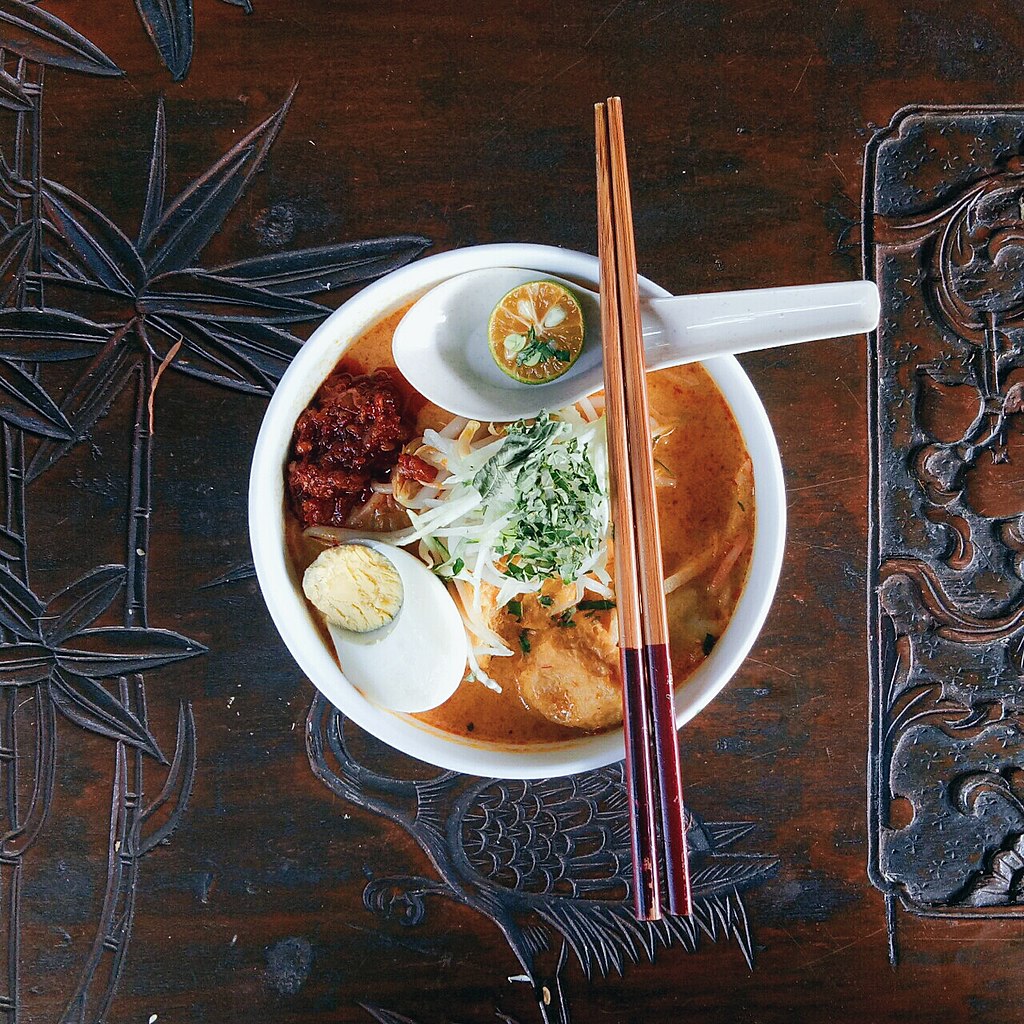
Goulash (Hungary)
Imagine a stew loaded with chunks of beef, onions, and plenty of paprika, which is the hallmark spice of Hungary. Some versions are soupy, others thicker, but the warming effect remains the same. Spoon it over noodles or bread. Goulash has a rustic charm, hearty enough to combat the coldest nights.
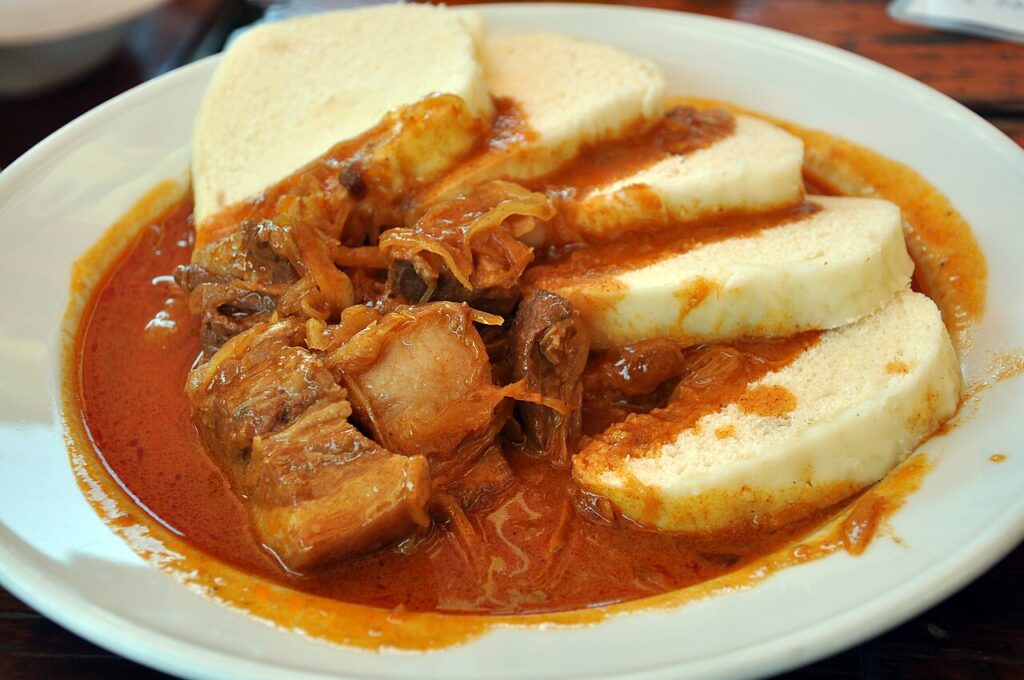
Mango Sticky Rice (Thailand)
Ripe mango slices paired with sweet coconut-infused sticky rice. It’s often drizzled with a slightly salty coconut sauce that emphasizes the sweetness of the mango. The textures blend together in a bite that’s part creamy, part juicy, and all-around delightful. When it’s mango season, it’s hard to pass up this dessert.
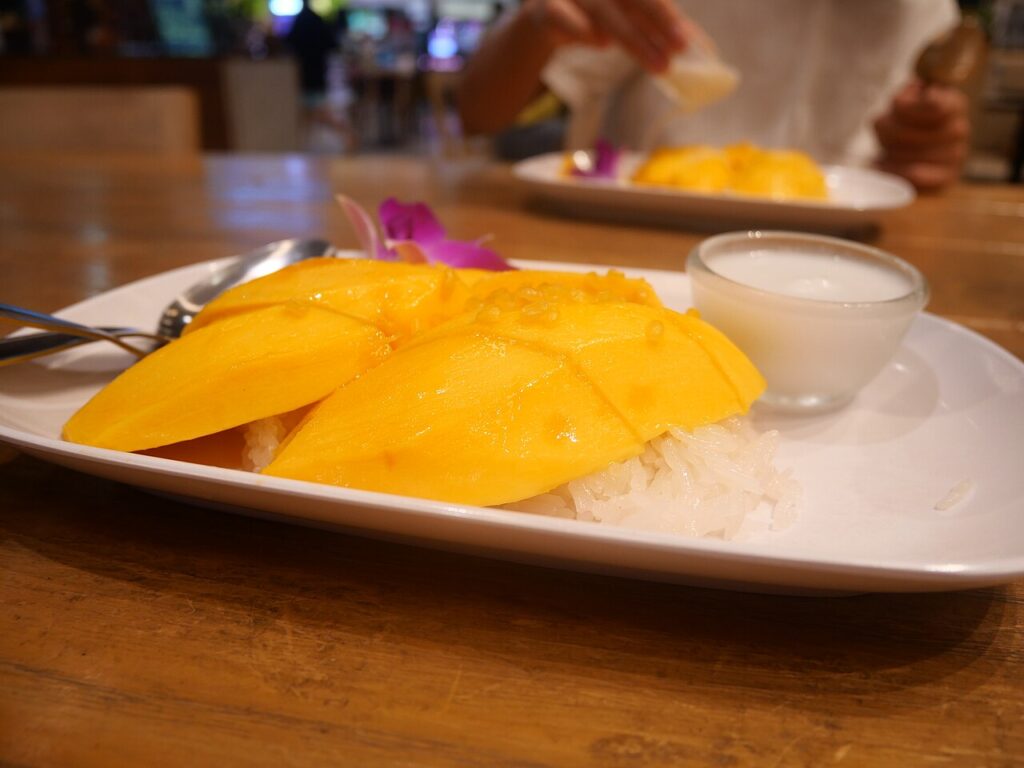
Ceviche (Peru)
Fresh, raw fish marinated in citrus juice—often lime—until the outside gets a slightly opaque look, then mixed with onions, chili peppers, and cilantro. The acidic marinade “cooks” the fish, creating a bright, zingy taste. Peruvians serve it with sweet potato or corn to offset the heat. It’s a perfect example of simplicity done well.
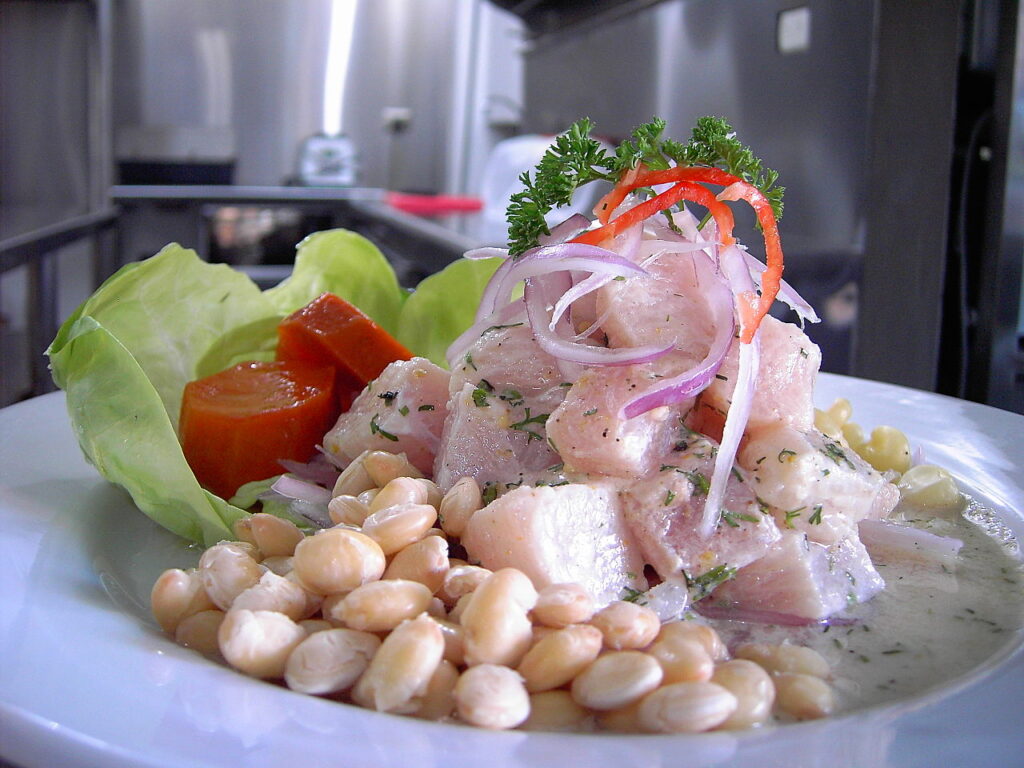
Falafel (Middle East)
Ground chickpeas or fava beans mixed with herbs and spices, formed into balls, then fried until crispy on the outside. Served in pita bread or on a plate with tahini sauce, tomatoes, and cucumbers. The crunchy exterior yields to a moist, herby center. It’s a popular street food for good reason—delicious, filling, and easy to enjoy on the go.
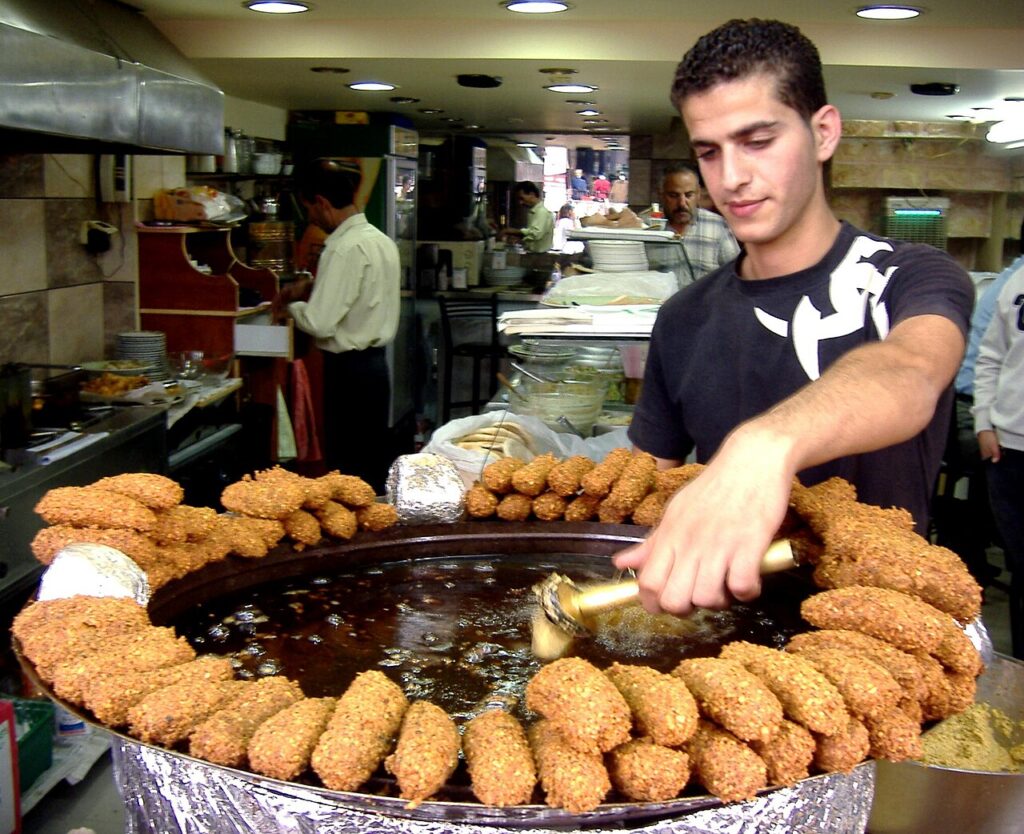
Okonomiyaki (Japan)
A savory pancake that often includes cabbage, flour, eggs, and your choice of add-ins such as shrimp, octopus, or pork belly. After cooking, it’s drizzled with a special sauce (similar to Worcestershire but sweeter), mayonnaise, and sometimes sprinkled with dried seaweed flakes and bonito shavings. Each bite bursts with sweet, savory, and tangy flavors.
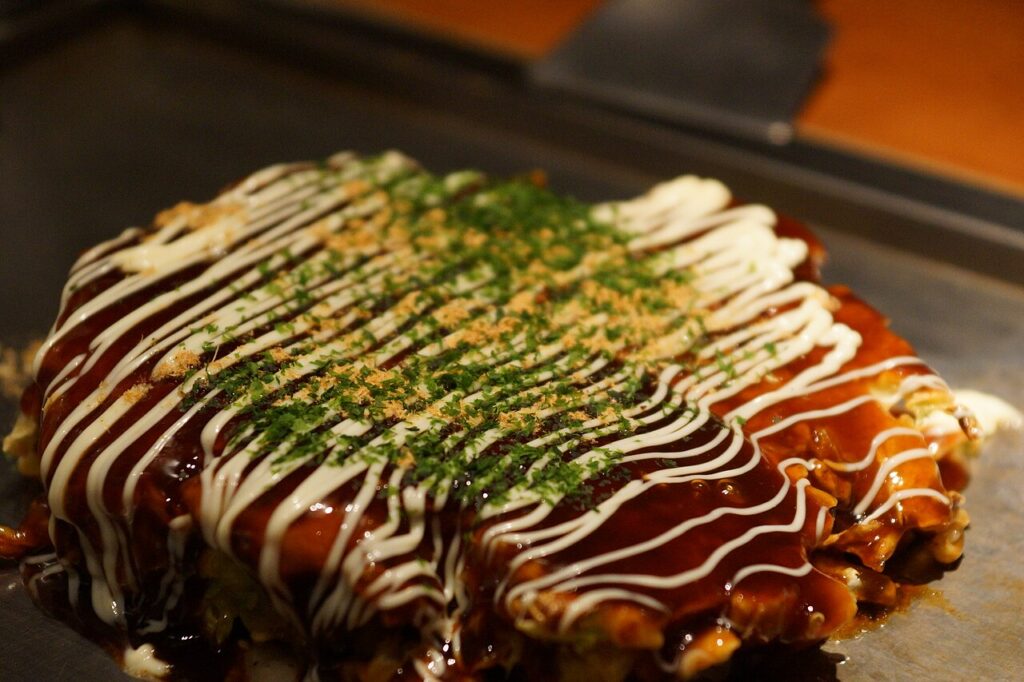
Couscous (Morocco)
Tiny granules of semolina steamed and then fluffed to perfection. Often served with slow-cooked vegetables, chickpeas, and meat in a gently spiced broth. It’s common to see large communal platters where everyone scoops from the center. There’s a comforting sense of gathering when you eat couscous with friends and family.
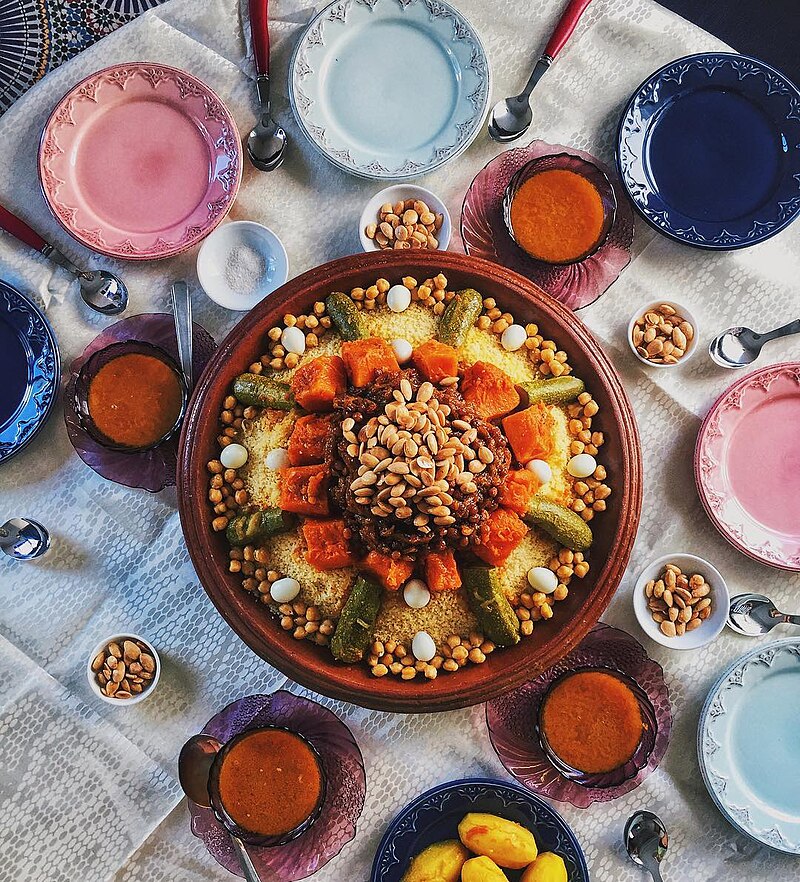
Shepherd’s Pie (UK)
A baked dish of ground lamb (or beef, though then it’s sometimes called Cottage Pie) topped with a layer of mashed potatoes. Carrots, peas, onions, and a savory gravy fill it out. When the mashed potatoes brown on top, forming that slight crust, you know dinner is ready. It’s a staple on colder evenings in Britain, though many enjoy it worldwide now.
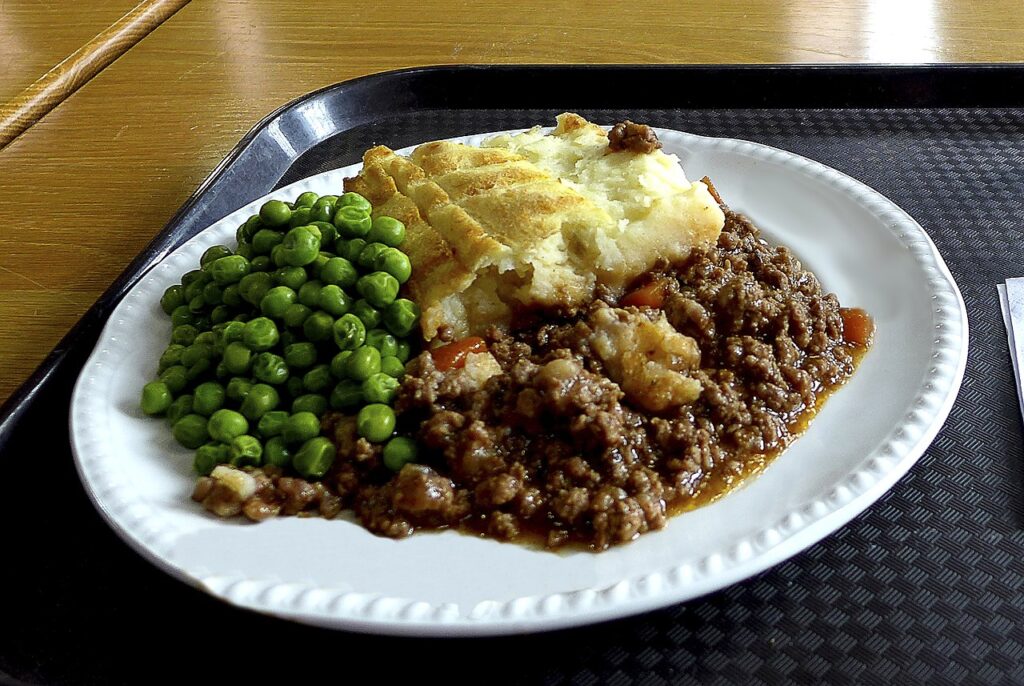
Chili Crab (Singapore)
A messy but totally worthwhile affair. Crab cooked in a thick tomato-and-chili sauce that’s sweet and mildly spicy. It demands some serious napkins. Locals often pair it with fried buns that you can dip into the sauce. Cracking those shells might be a little messy, but the reward is a burst of seafood goodness with every bite.
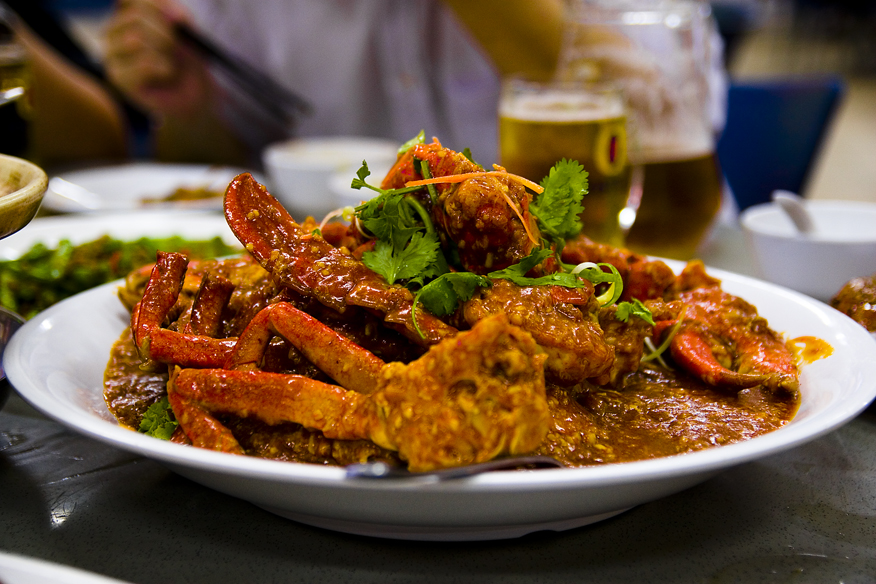
Döner Kebab (Turkey)
Slices of seasoned meat—often lamb, beef, or chicken—roasted on a rotating skewer. Shaved off in thin bits and wrapped in flatbread or served on a plate with vegetables and sauces. It’s a popular late-night snack in many European cities, but its roots are Turkish. Each bite offers succulent meat with crunchy salad and tangy yogurt or chili sauce.
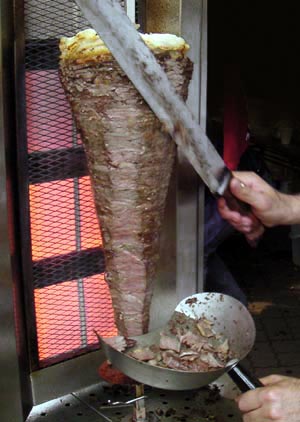
Caccio e Pepe (Italy)
This pasta dish spotlights three ingredients: pasta (like tonnarelli or spaghetti), Pecorino Romano cheese, and black pepper. That’s it. The starchy pasta water creates a silky sauce that binds the cheese and pepper to the noodles. It looks simple, but achieving the right creaminess requires a bit of technique. The intense flavor of cheese balanced by the zing of black pepper is mesmerizing.
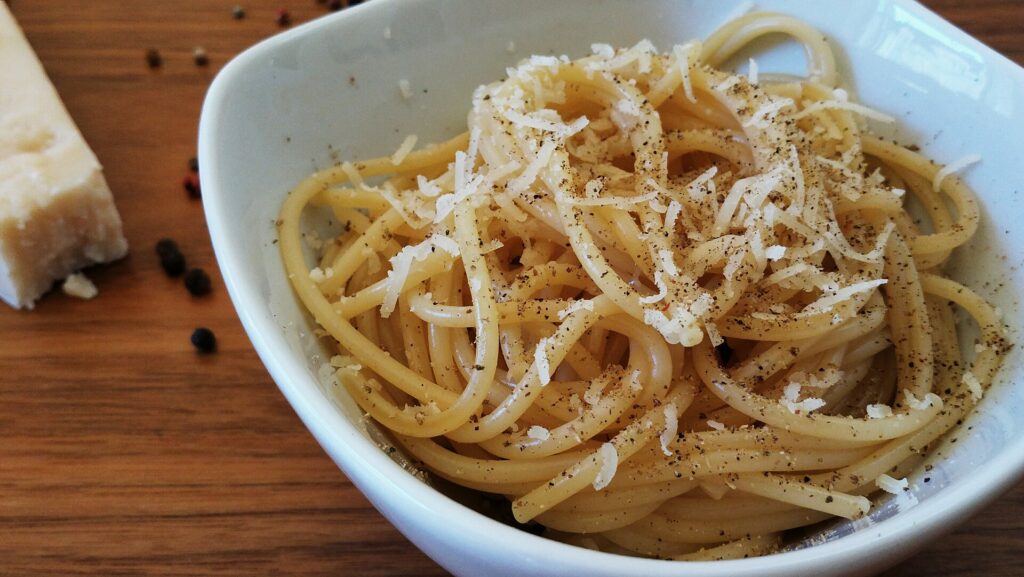
Baklava (Turkey/Greece/Middle East)
Multiple layers of thin phyllo pastry, interspersed with chopped nuts—pistachios or walnuts are popular—then drenched in a sweet syrup or honey once it’s baked. The result is a dessert that’s flaky, sticky, nutty, and sweet all at once. It’s served in small portions because a little goes a long way. If you have a sweet tooth, this is a treat worth savoring slowly.
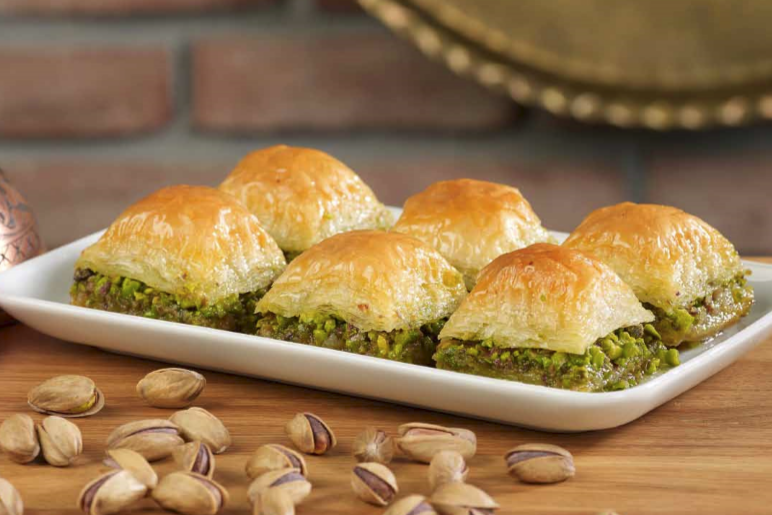
Bibimbap (Korea)
A bowl of warm rice topped with sautéed vegetables, gochujang (a spicy-sweet chili paste), a fried egg, and often slices of marinated beef. You mix everything together right before eating. The interplay of textures—crisp vegetables, soft egg yolk, chewy rice—and flavors—spicy, savory, slightly sweet—makes for a colorful meal. Plus, it’s a neat way to enjoy a variety of veggies in one dish.
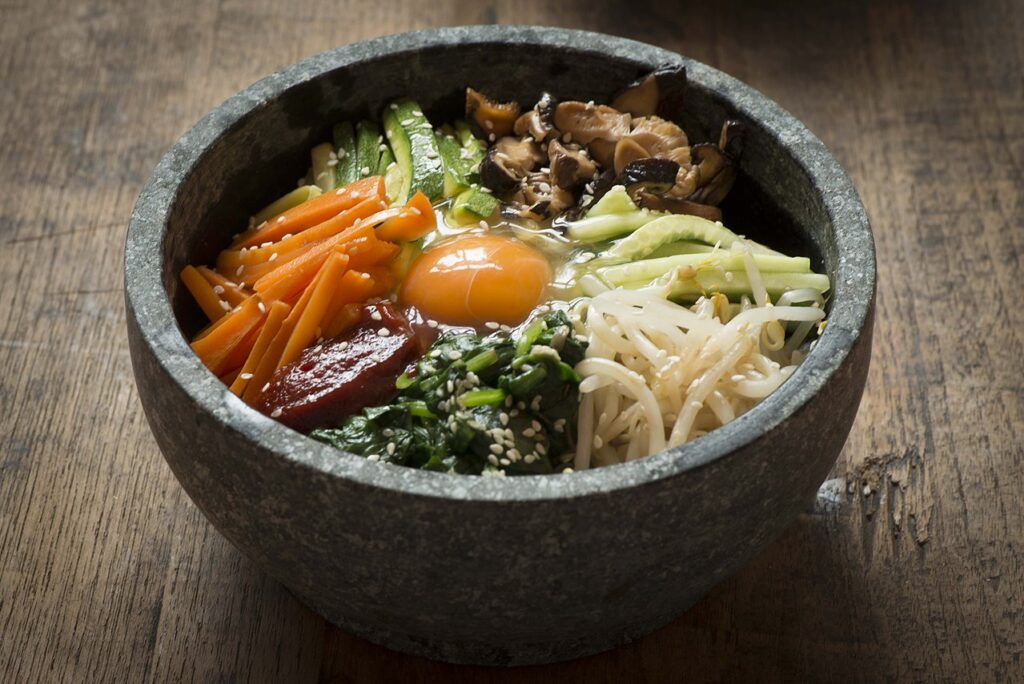
Piernik (Poland)
This gingerbread-style cake from Toruń combines honey, spices like cinnamon and ginger, and sometimes a layer of jam. The aroma is warming, reminiscent of winter holidays, yet Poles enjoy it year-round. Each bite has that comforting sweetness that goes so well with a cup of tea on a rainy afternoon.

Xôi (Vietnam)
Sticky rice dishes come in various forms, both sweet and savory. Xôi mặn might include dried shrimp, Chinese sausage, fried shallots, and mung bean. Xôi ngọt could feature coconut milk and sugar. The sticky texture might be unfamiliar if you’ve only had regular white rice, but once you adjust, it’s really addictive.
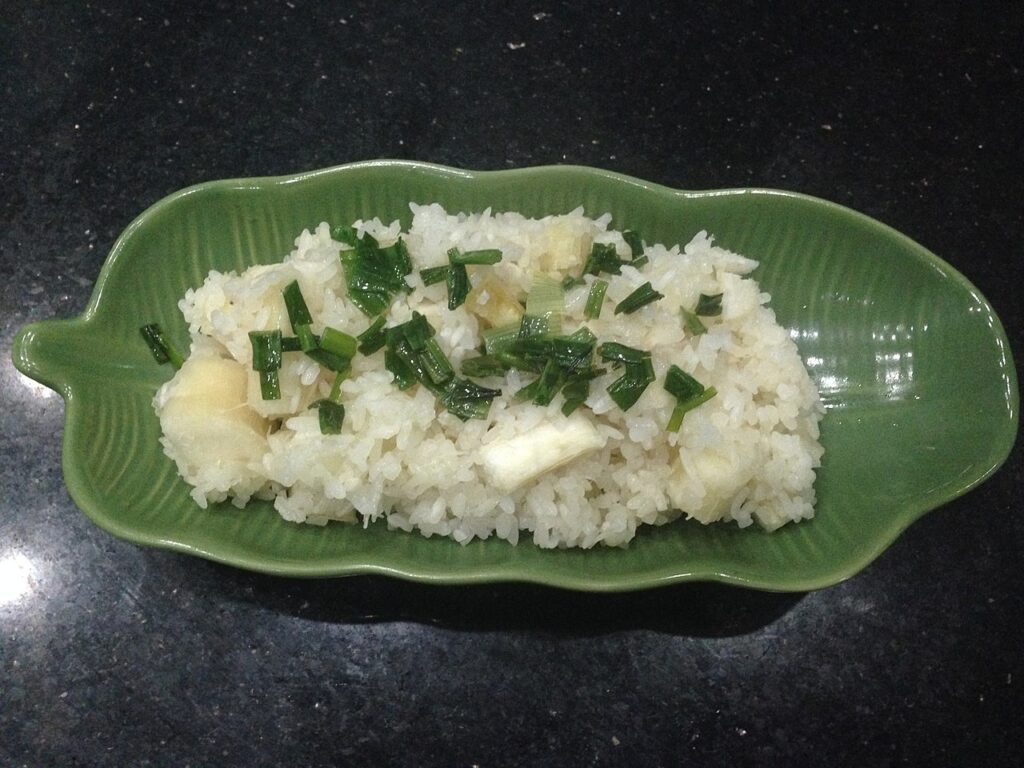
Arepas (Colombia/Venezuela)
Cornmeal patties cooked on a griddle or baked, then split and stuffed with anything from shredded beef to cheese or avocado-based fillings. They have a slightly crisp exterior and a soft inside. Each region has different ways of preparing them, but the basic formula remains comforting and satisfying.
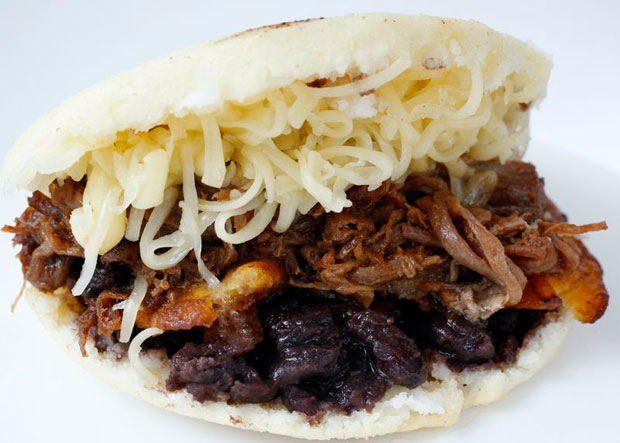
Khachapuri (Georgia)
A boat-shaped bread filled with cheese, usually a tangy variety like sulguni. Once baked, the cheese gets bubbly, and a raw egg is often cracked on top right before it’s done. Stir that egg into the cheese for a creamy mixture. Tearing off a bit of crusty bread to dip in the molten center is delightful.
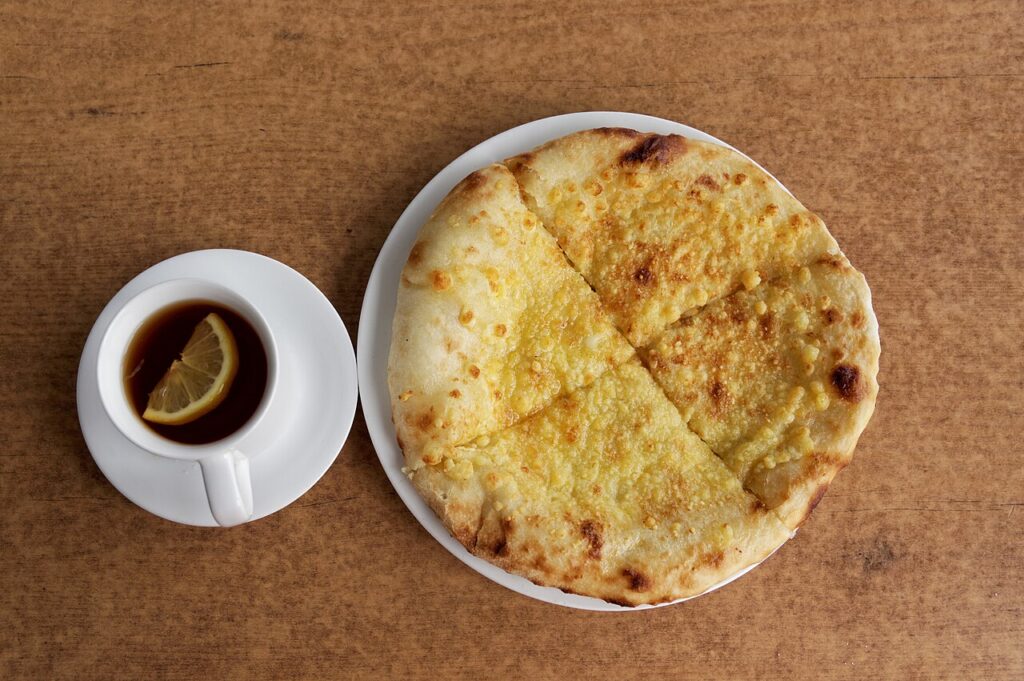
Jollof Rice (West Africa)
Tomato-based rice dish common in countries like Nigeria, Ghana, Senegal, and others. It gets its bright color from tomatoes, peppers, and sometimes a bit of palm oil. The flavor can be slightly smoky if the bottom gets crispy. There’s a friendly rivalry among West African nations over whose version tastes best. But wherever you try it, it’s a crowd-pleaser.
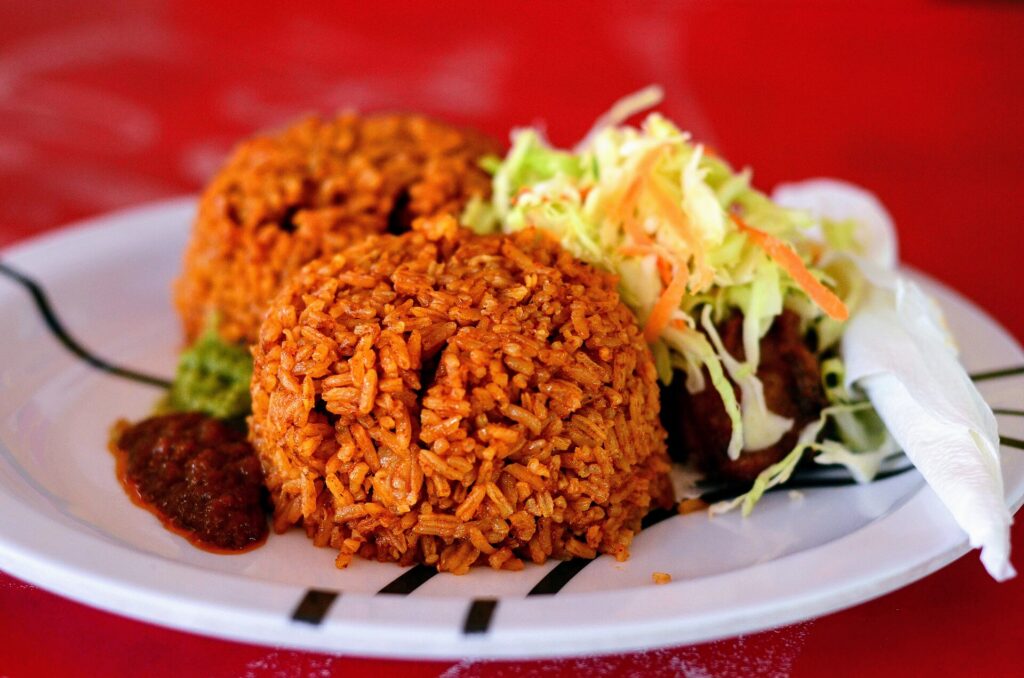
Mulligatawny Soup (Indian-British fusion)
The name roughly comes from Tamil words for “pepper water.” Historically, it started as a spiced broth served during the British Raj. Over time, it evolved into a creamy soup often containing lentils, chicken, apples, and curry spices. It has a gentle warmth, with a hint of sweetness from the apples. A bowl of this can be a welcome treat on a cold day.
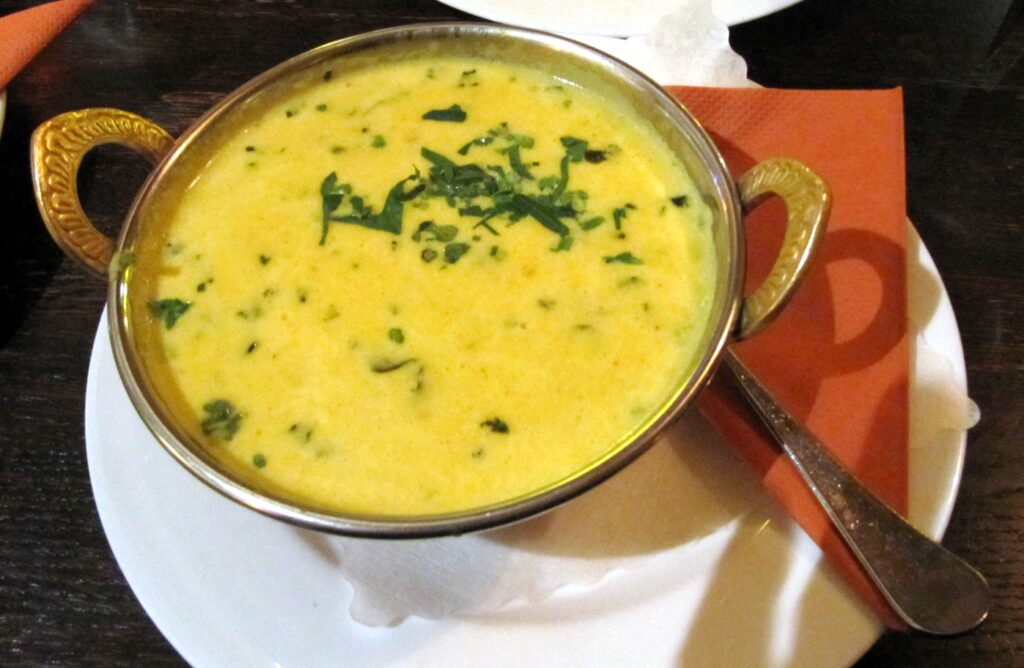
Spanakopita (Greece)
Buttery, flaky filo dough wrapped around a spinach and feta filling. Sometimes onions and herbs like dill join the party. Once baked, each layer of pastry crackles when you bite into it, while the spinach-feta center remains tender and savory. It’s common to find it in small, hand-held triangles or in large trays sliced into squares.
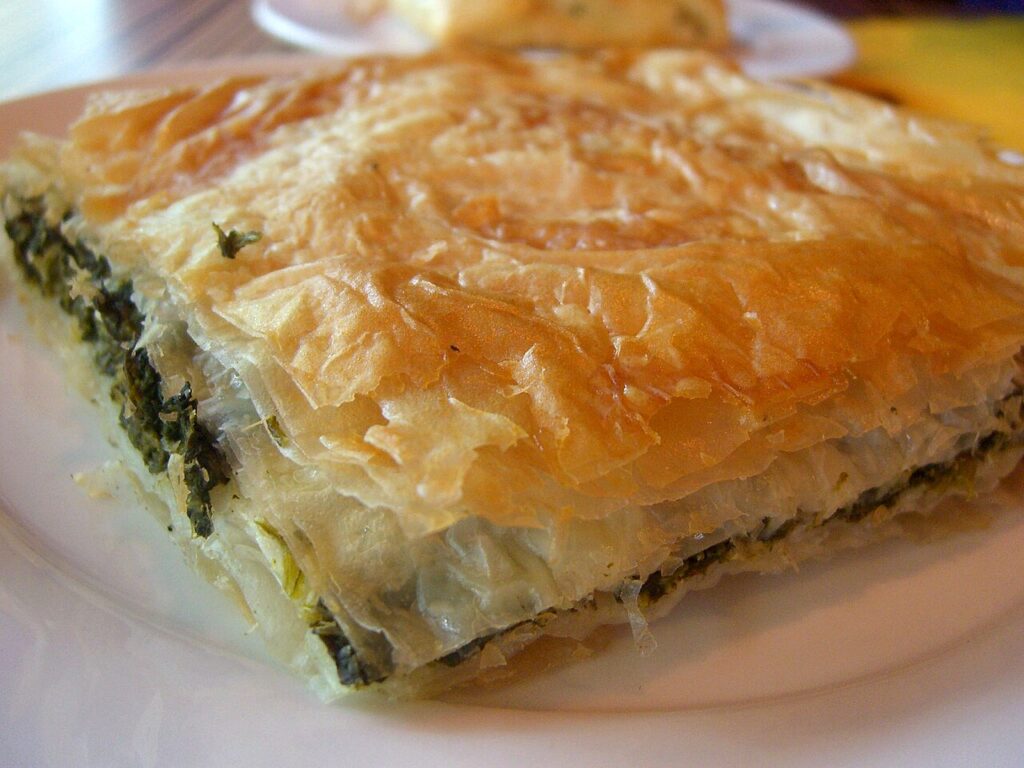
Roti Canai (Malaysia)
A flaky flatbread that’s typically served with a mild curry on the side. It’s made by stretching dough until thin, folding it, then cooking it on a flat griddle until golden brown. The result is a layered bread that’s crispy on the outside and chewy within. Dipping it in warm curry sauce is the best part.
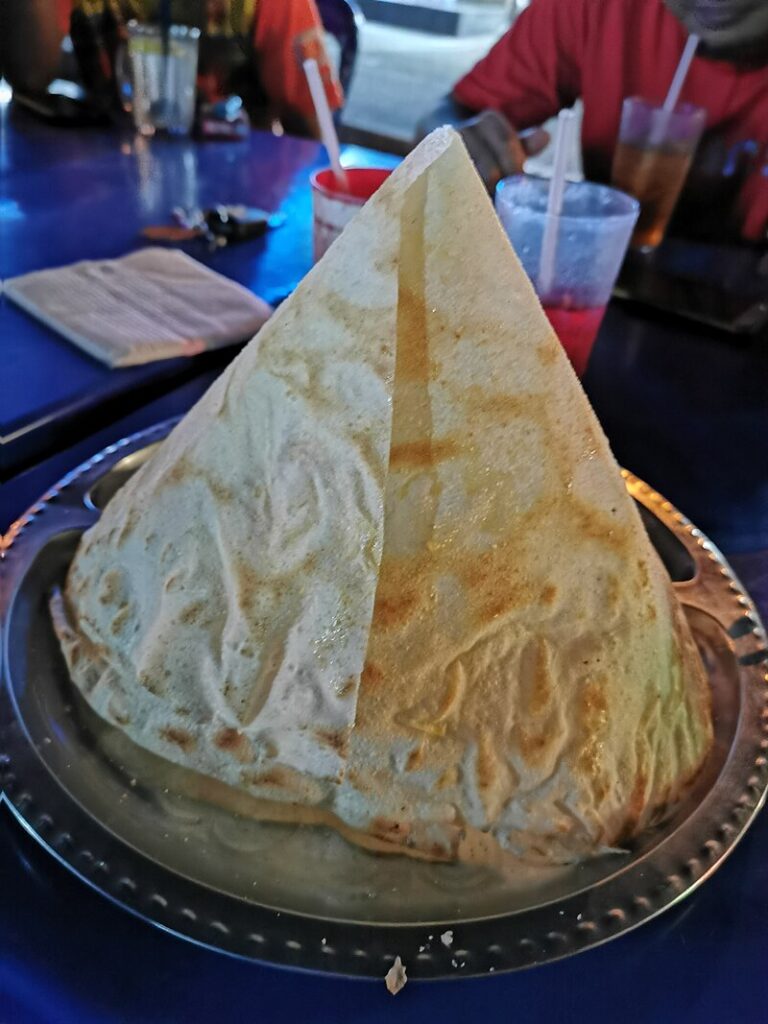
Tamales (Mexico/Central America)
Masa (corn dough) spread on a corn husk or banana leaf, filled with meats, cheese, or vegetables, then steamed. The result is a compact bundle of savory goodness. Each region has its own variant—some might be spicy, others mild, and sometimes sweet versions with raisins appear. Unwrapping a hot tamal feels festive, like opening a small, delicious present.
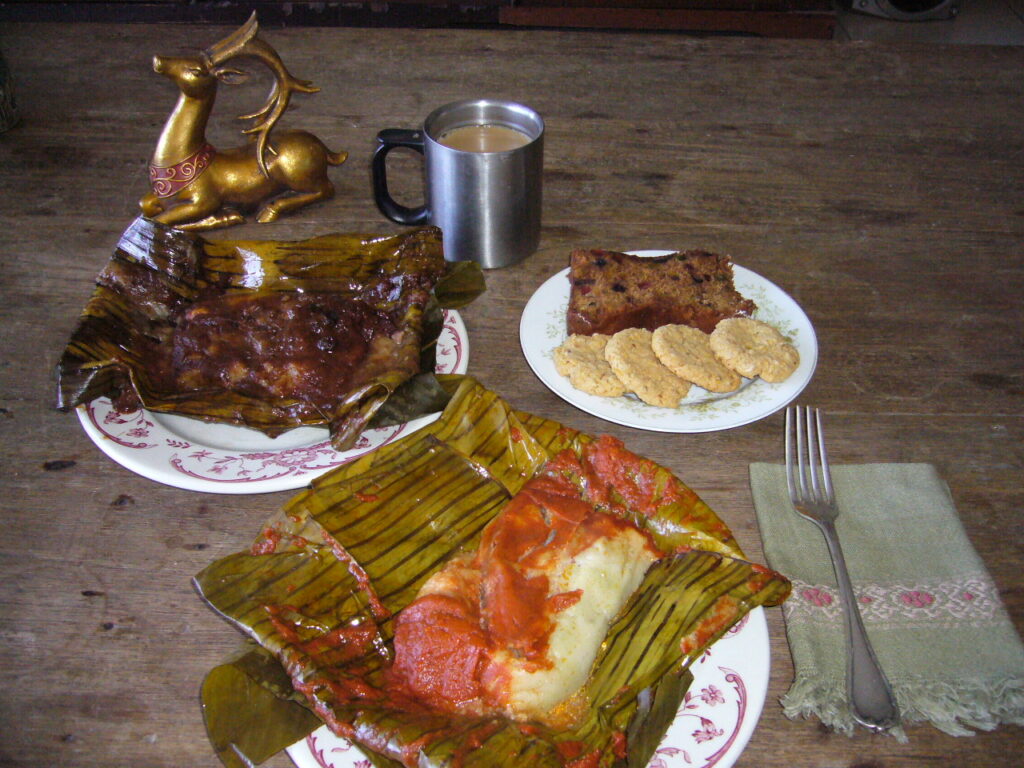
Cannoli (Italy)
Crisp, tube-shaped pastry shells filled with a sweet ricotta mixture, often studded with chocolate chips or candied fruit. Cannoli originated in Sicily, and they’re associated with celebrations. The shell’s crunch contrasted with the creamy filling is pure bliss. Some folks sprinkle powdered sugar on top or dip the ends in pistachios.
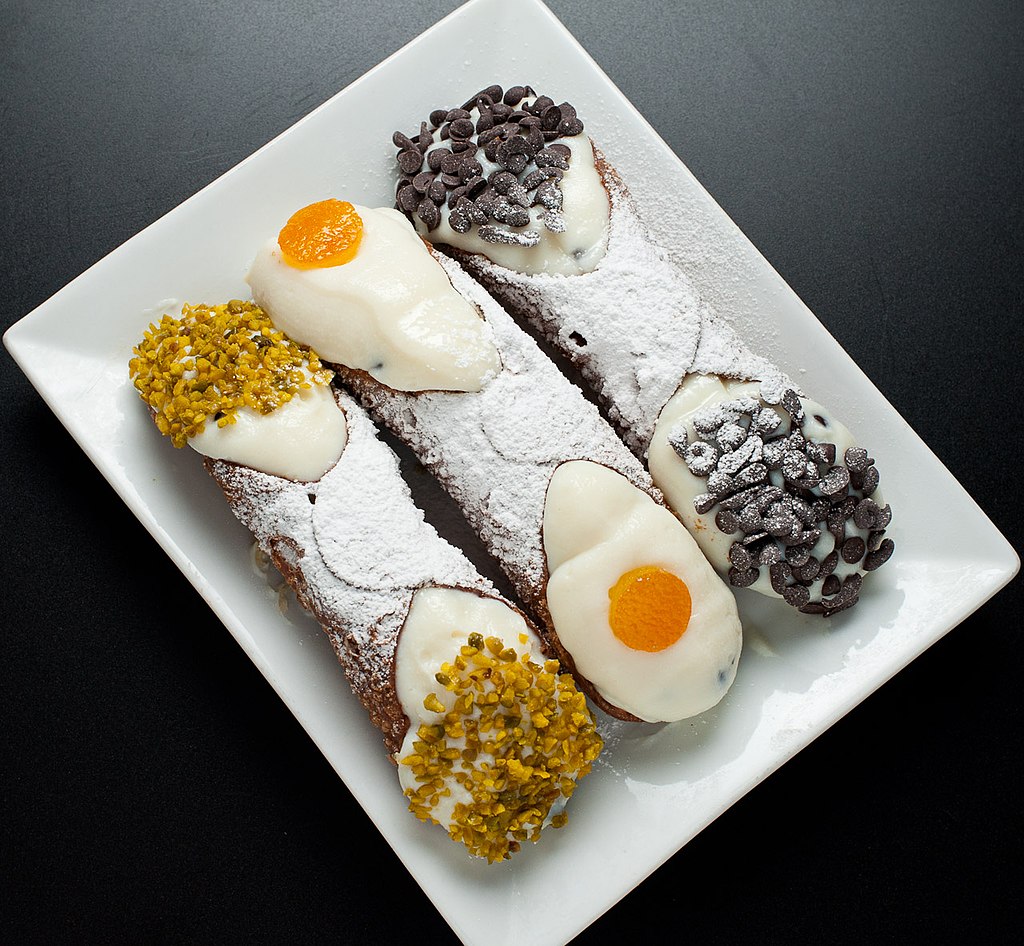
Kaiserschmarrn (Austria)
A torn-up pancake that’s caramelized and served with fruit compote or powdered sugar. Originating from the Austro-Hungarian empire, it feels like a dessert but is sometimes enjoyed as a full meal in alpine huts. The pieces are fluffy, lightly sweet, and delightful with a side of plum jam or applesauce.
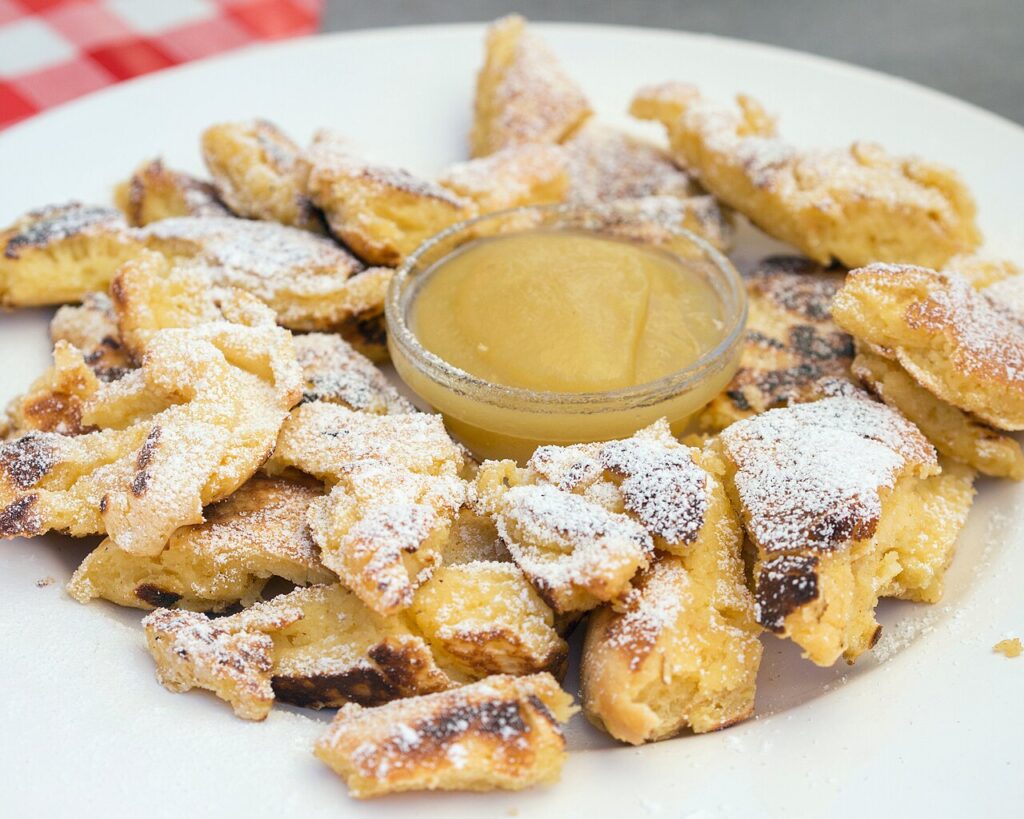
Pelmeni (Russia)
Small dumplings filled with minced meat (often pork, beef, or a combination), then boiled or sometimes pan-fried. Served with butter or sour cream, pelmeni are a comfort food on cold winter days. The thin dough focuses attention on the savory filling inside. Some families add a bit of vinegar or mustard on the side for tang.
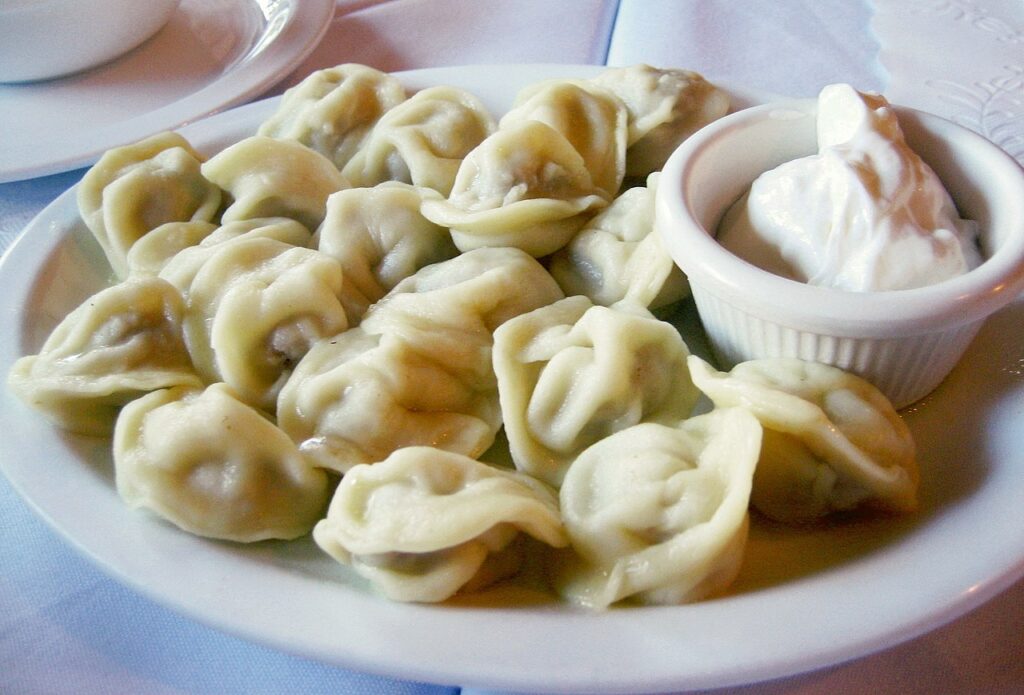
Tom Yum Goong (Thailand)
A hot and sour soup featuring shrimp, mushrooms, lemongrass, kaffir lime leaves, chili peppers, and lime juice. It’s vibrant and aromatic, with a spicy-sour flavor that wakes up your palate. The fragrance alone can make your mouth water. If you like a touch of freshness and spice, this soup checks both boxes.
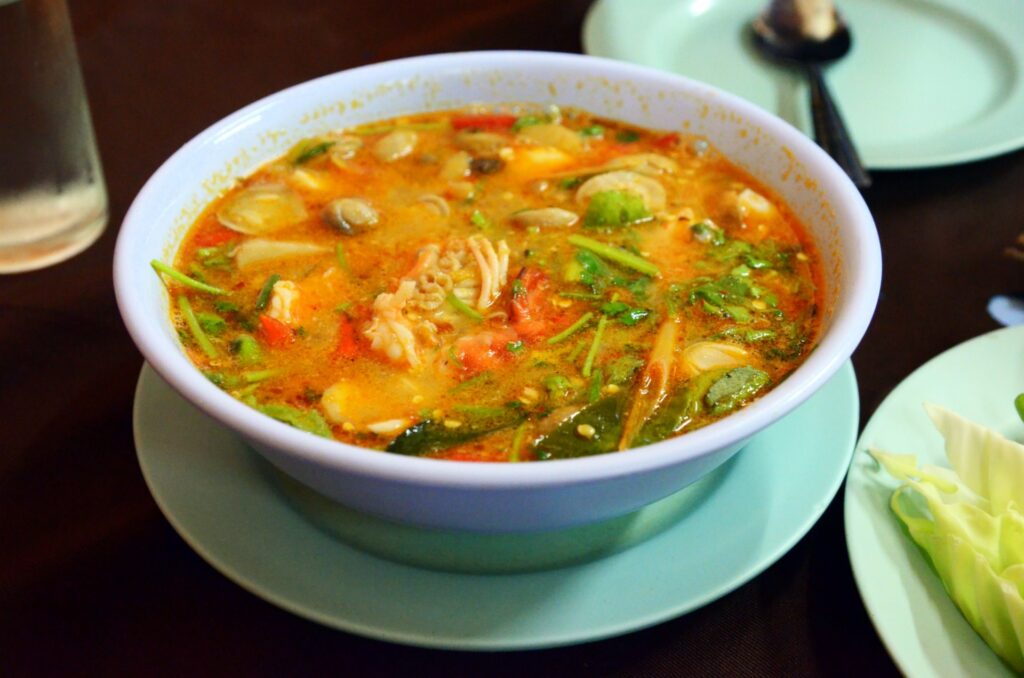
Injera with Wat (Ethiopia)
Injera is a sour, spongy flatbread made from teff flour. It doubles as both plate and utensil, since you use it to scoop up stews (wat) that might include spicy chicken (doro wat) or lentils (mesir wat). The tangy bread balances the heat of the stews. It’s a communal style of eating, often shared on a large platter with friends.
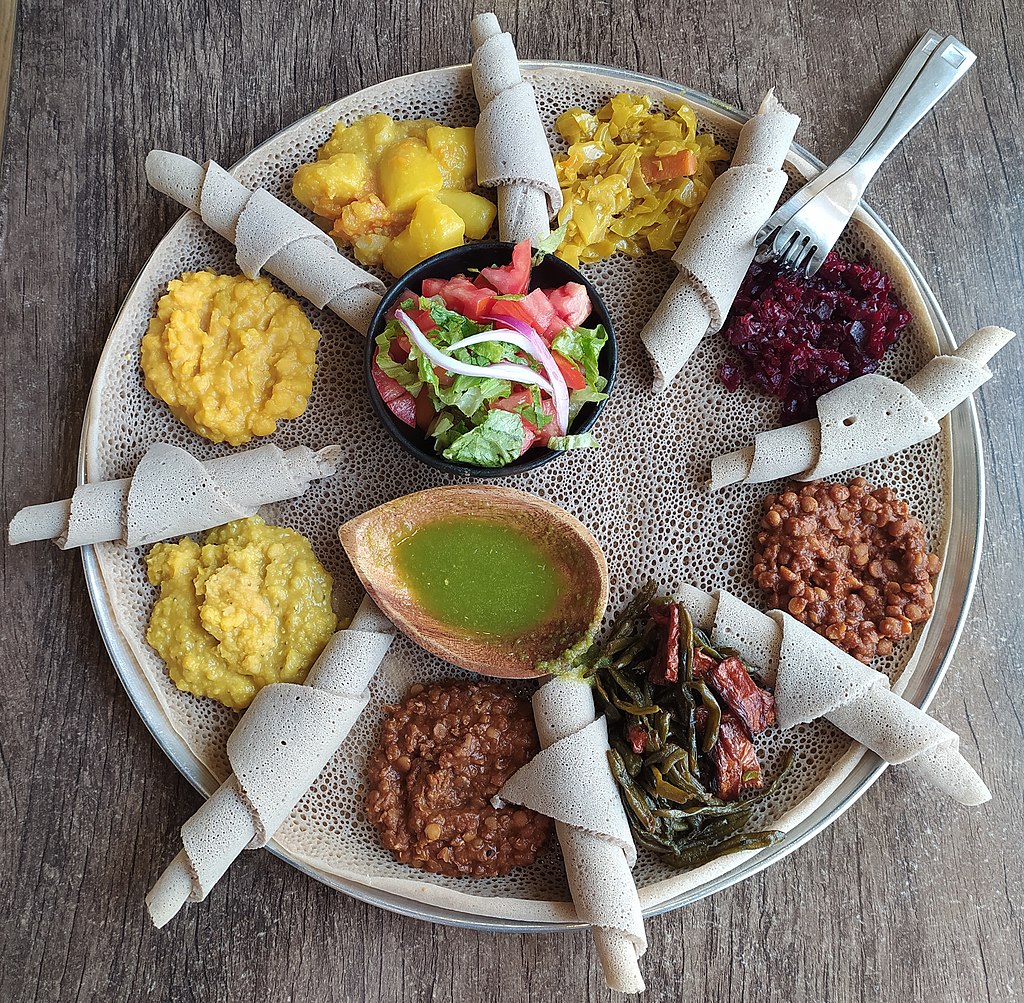
Kouign-Amann (France)
A pastry from Brittany, made by folding sugar and butter into dough, creating layers that caramelize during baking. Think of it as a denser, sweeter cousin of a croissant. The outside gets delightfully crunchy while the inside remains soft and buttery. It’s sweet, rich, and one of those baked items that can make you close your eyes in sheer happiness.
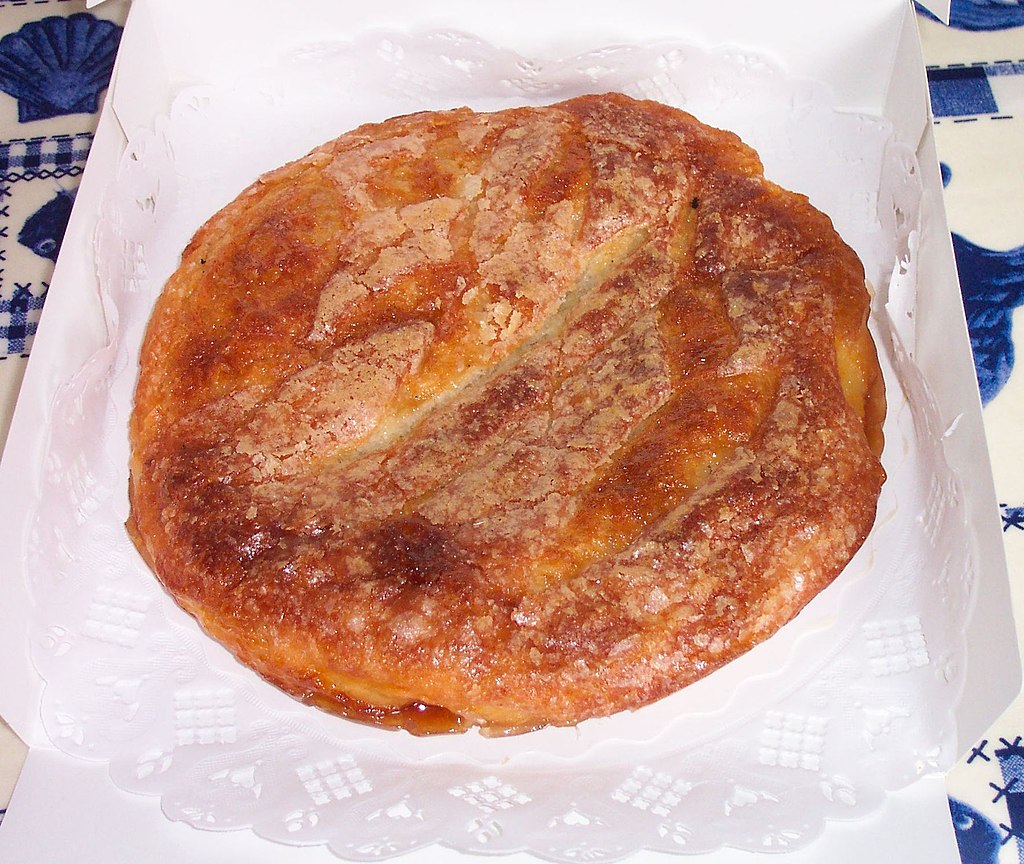
Churrasco (Latin America)
A general term for grilled meats across various Latin American countries, though it’s especially famous in Brazil and Argentina. Cuts of beef, pork, and sausage are grilled over an open flame, often seasoned simply with salt. Chimichurri sauce (a mix of parsley, garlic, oil, and vinegar) adds a bright flavor. If you visit a churrascaria, pace yourself—there’s always more meat coming.
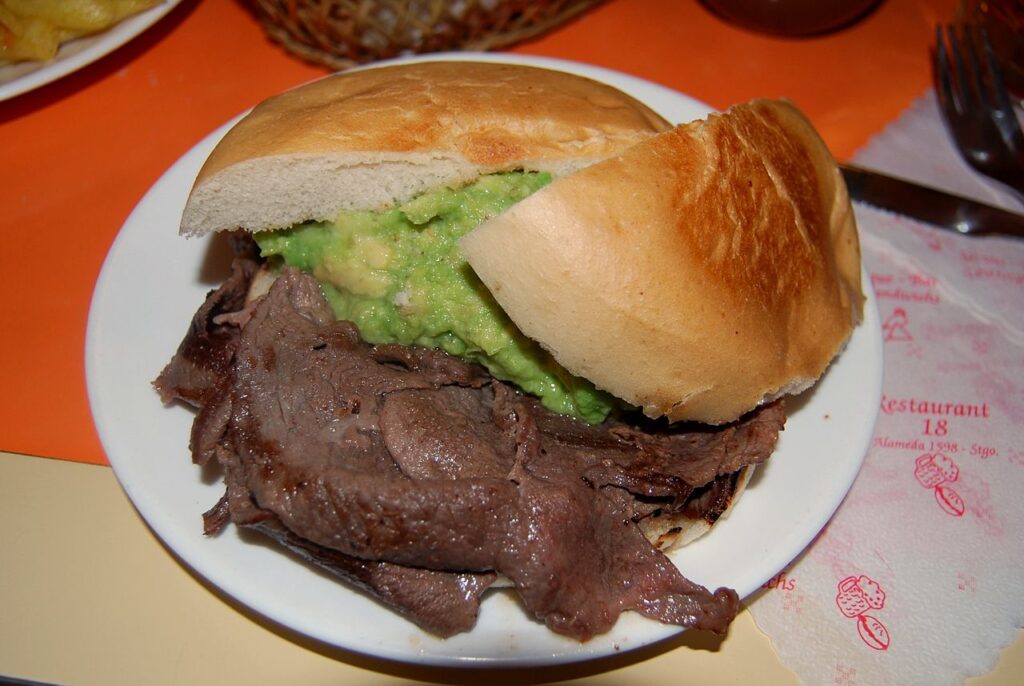
Lamingtons (Australia)
Squares of sponge cake coated in chocolate icing, then rolled in desiccated coconut. Sometimes split in half and filled with jam or cream. These are popular treats at bake sales and school events across Australia. The contrast between the chocolate exterior and soft cake interior is simple yet delightful.
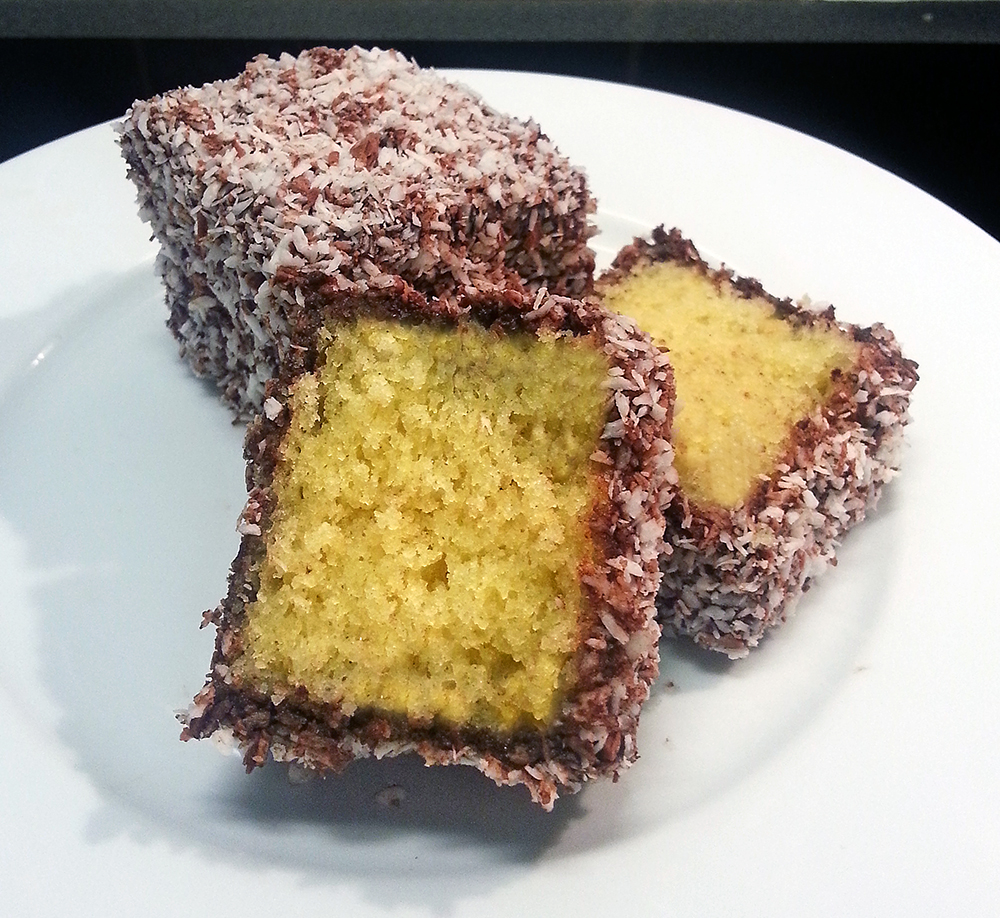
Kimchi Jjigae (Korea)
A stew made with aged kimchi, pork, tofu, and gochujang or gochugaru (chili paste or flakes). As the kimchi ferments over time, it develops a deeper, tangy flavor that elevates the broth. Served bubbling hot in a clay pot, it’s a soul-warming dish that pairs well with a bowl of steamed rice. You can adjust the spice level based on your tolerance, but that tangy heat is the essence of this stew.
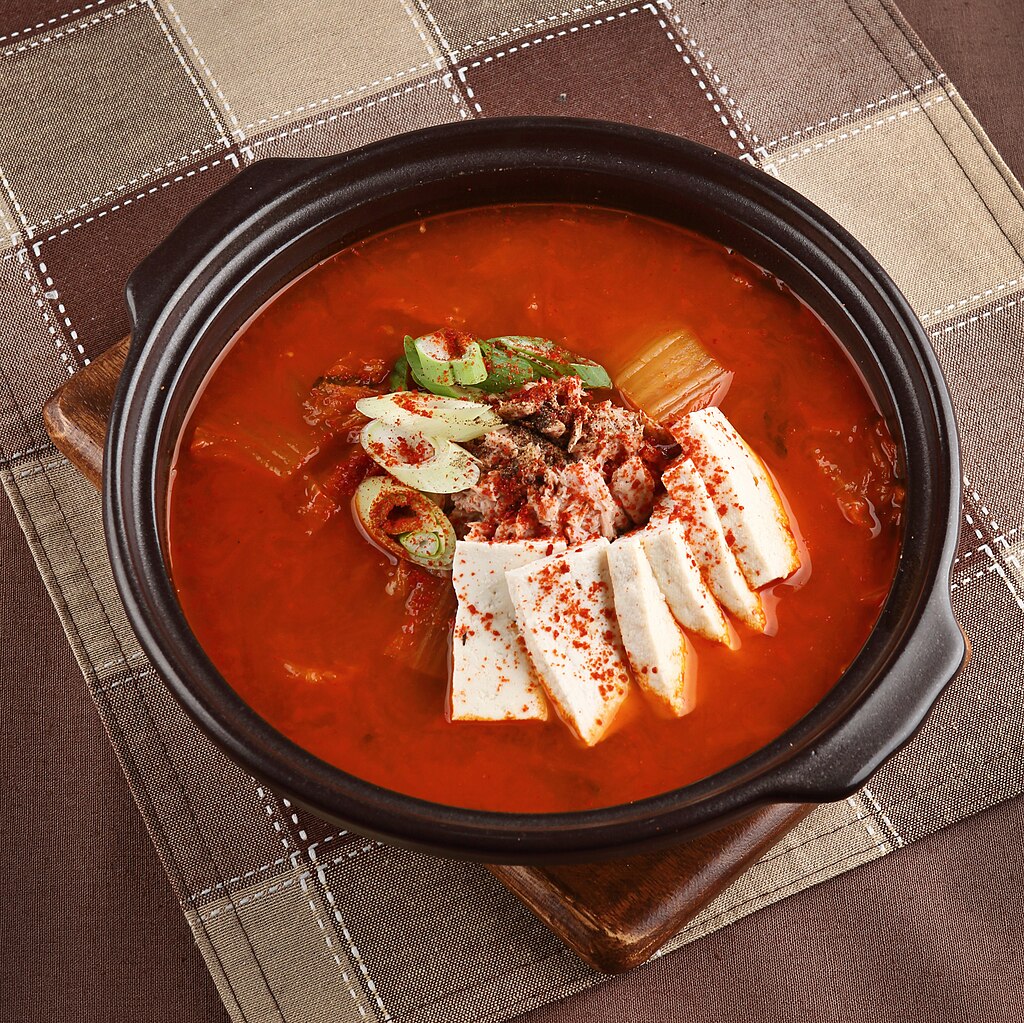
Chole Bhature (India)
A combination of spicy chickpea curry (chole) and puffed fried bread (bhature). The chickpeas are cooked with onion, tomato, garlic, ginger, and spices until they form a thick gravy. The bhature is light and airy, making it perfect for dunking. It’s often a weekend breakfast favorite in parts of northern India, but it can also appear for lunch or dinner.
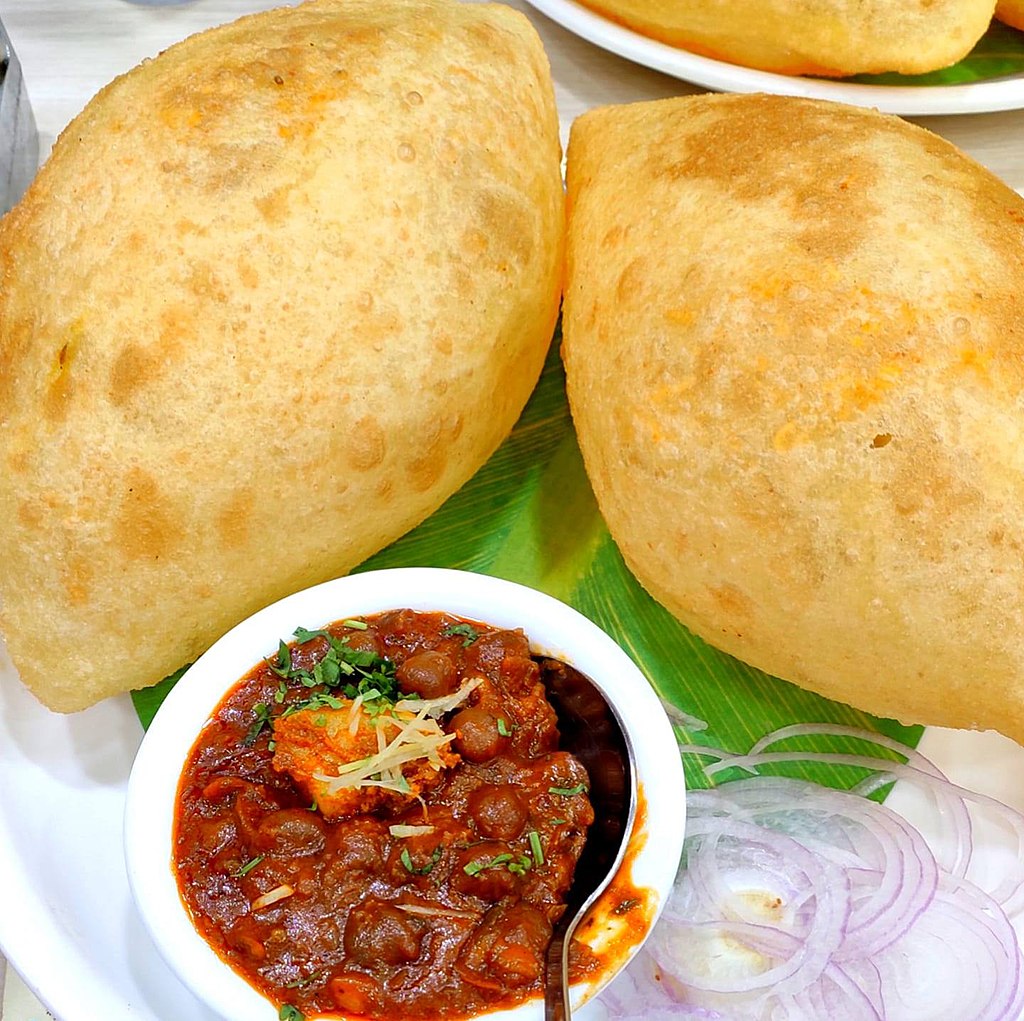
Banh Mi (Vietnam)
A baguette sandwich that reflects French influence in Vietnamese cuisine. Typically filled with pickled carrots and daikon, cucumber, cilantro, chili peppers, pate, and various meats (like pork belly or grilled chicken). The bread is crusty outside and airy inside. The fillings offer a balance of savory, tangy, and spicy tastes. It’s a quick meal that manages to feel both refreshing and indulgent.
